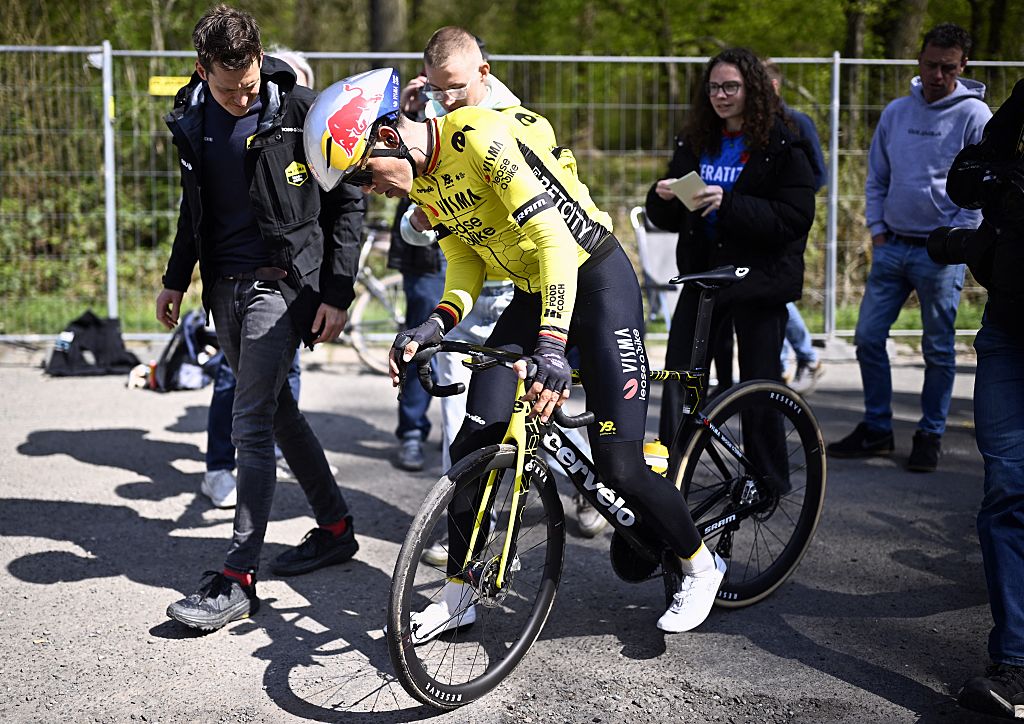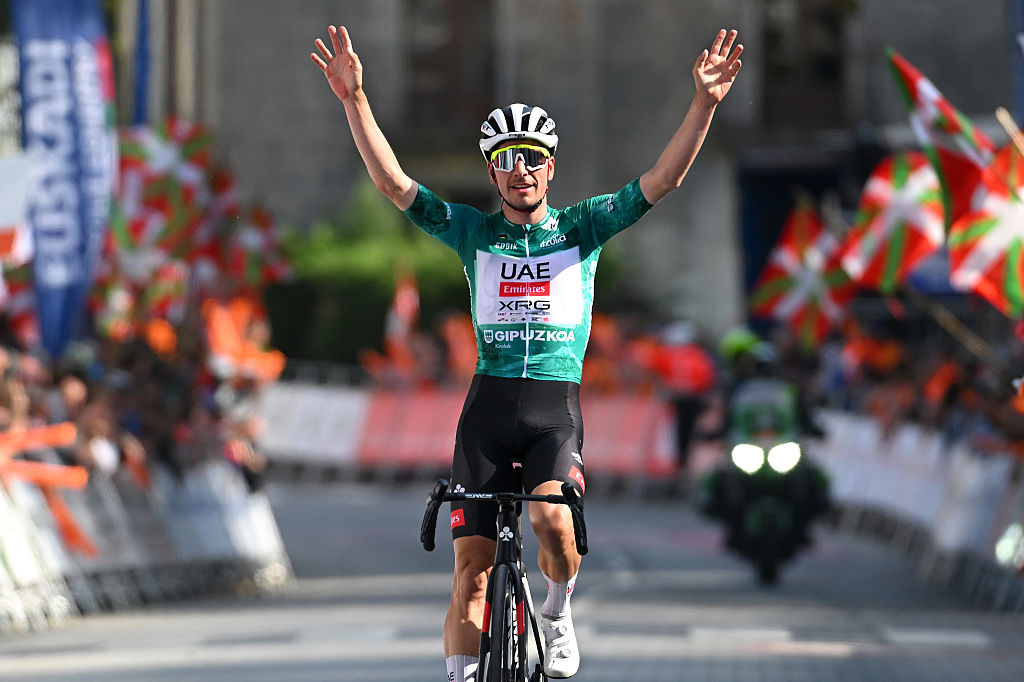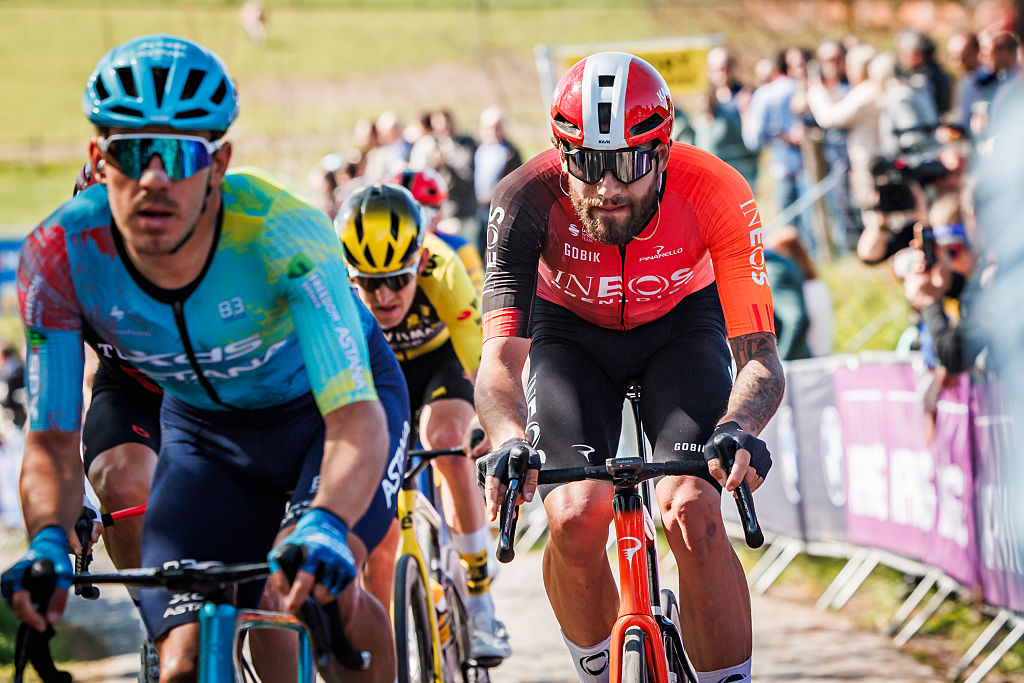Vingegaard wins stage 11 of Tour de France as Pogacar cracks on Col du Granon
Jumbo-Visma rider takes the overall race lead
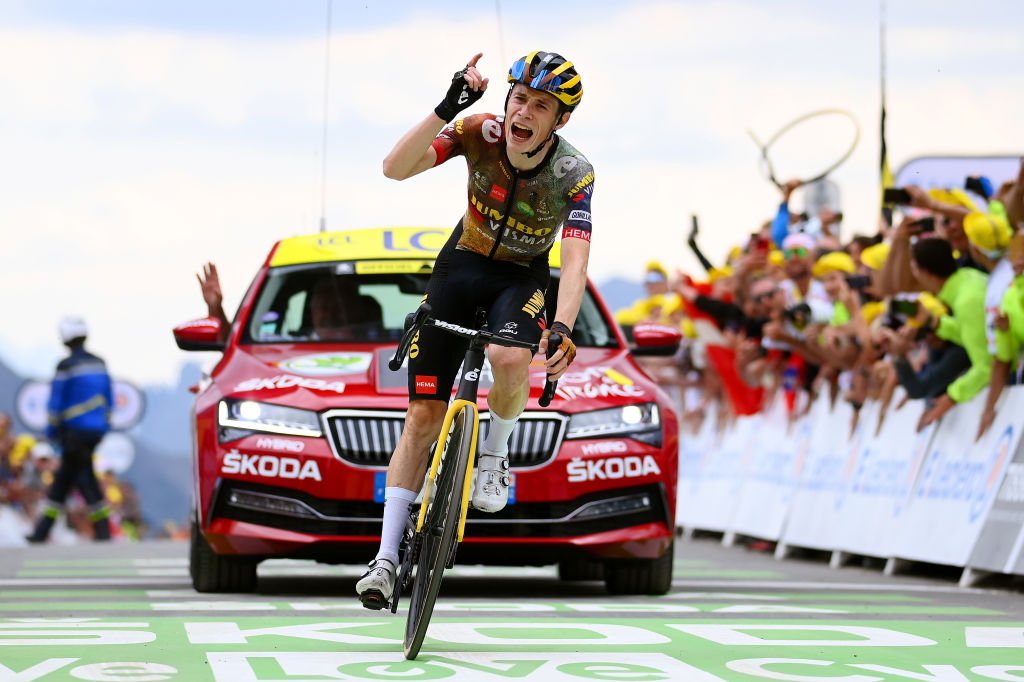
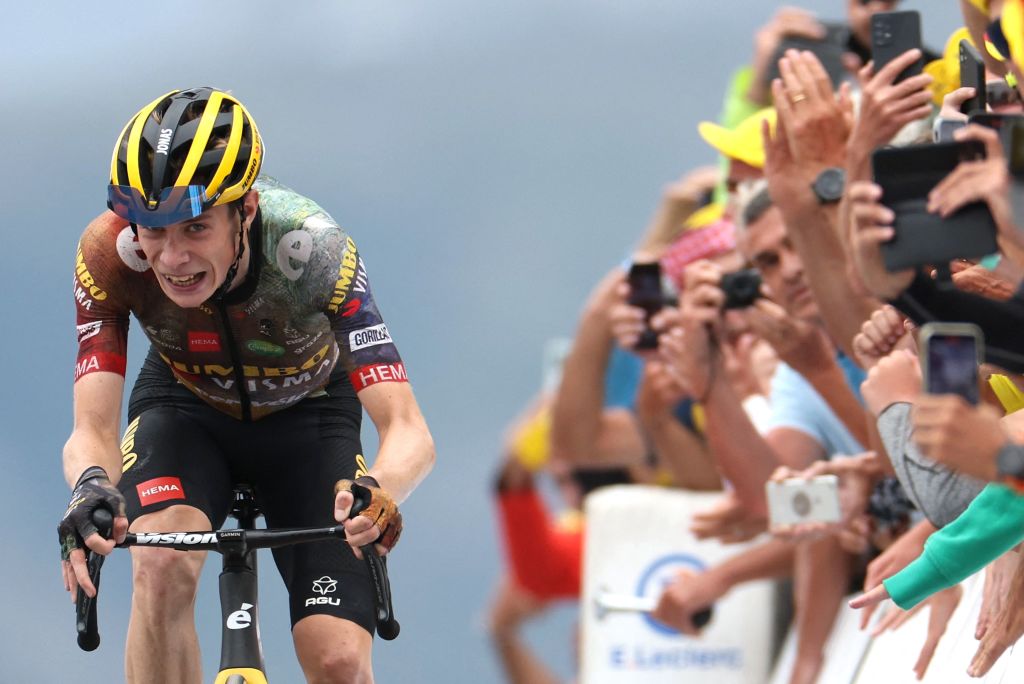
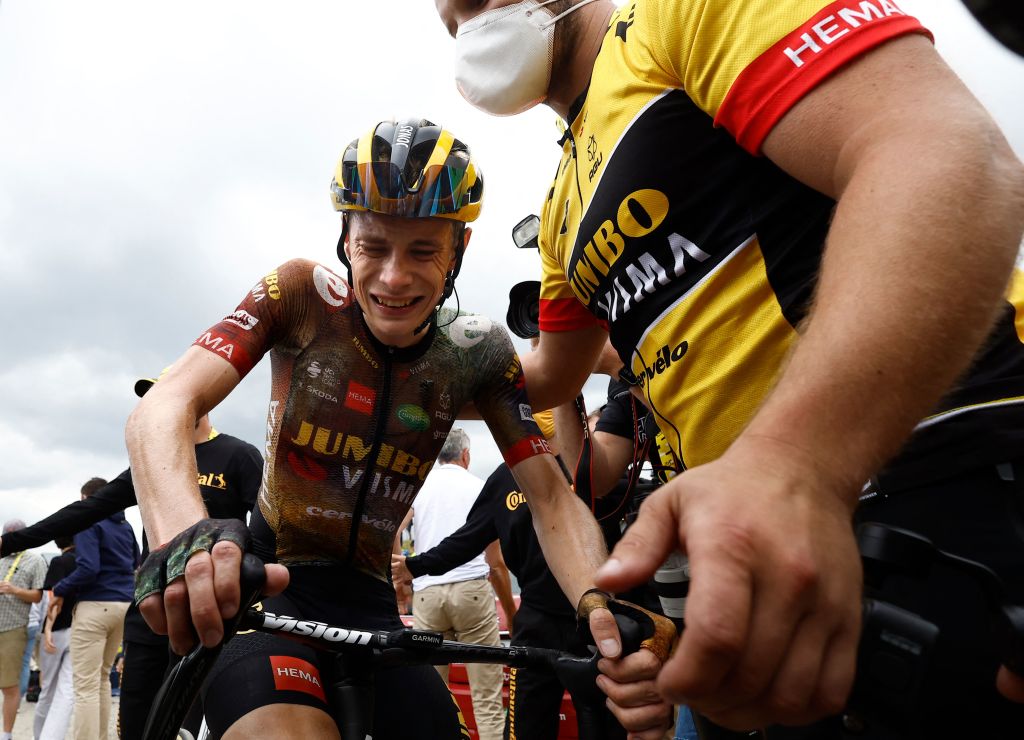
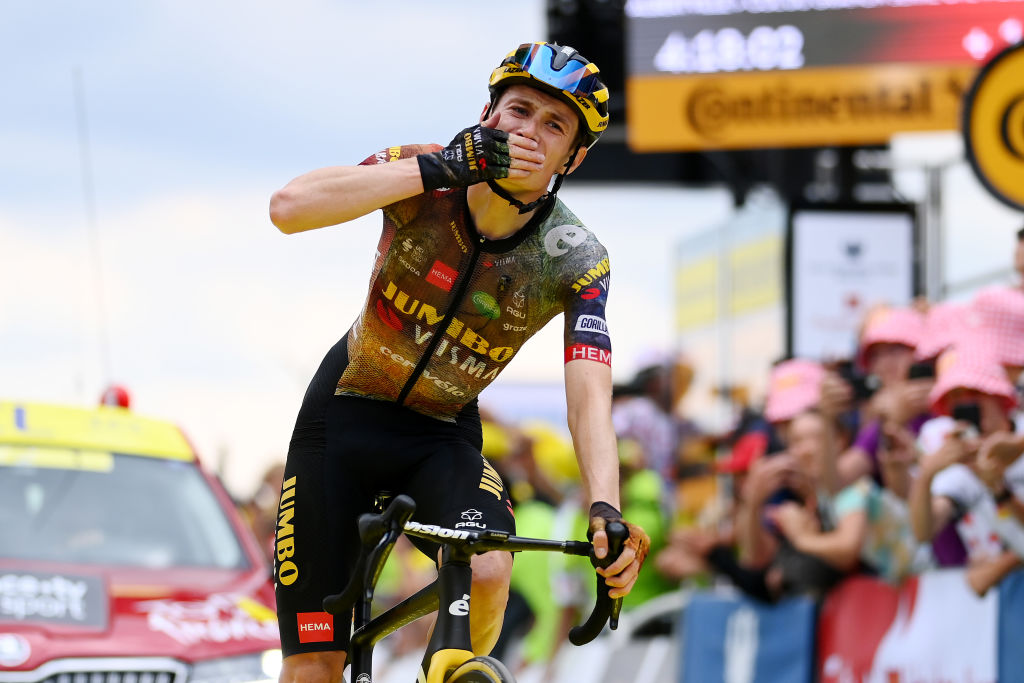
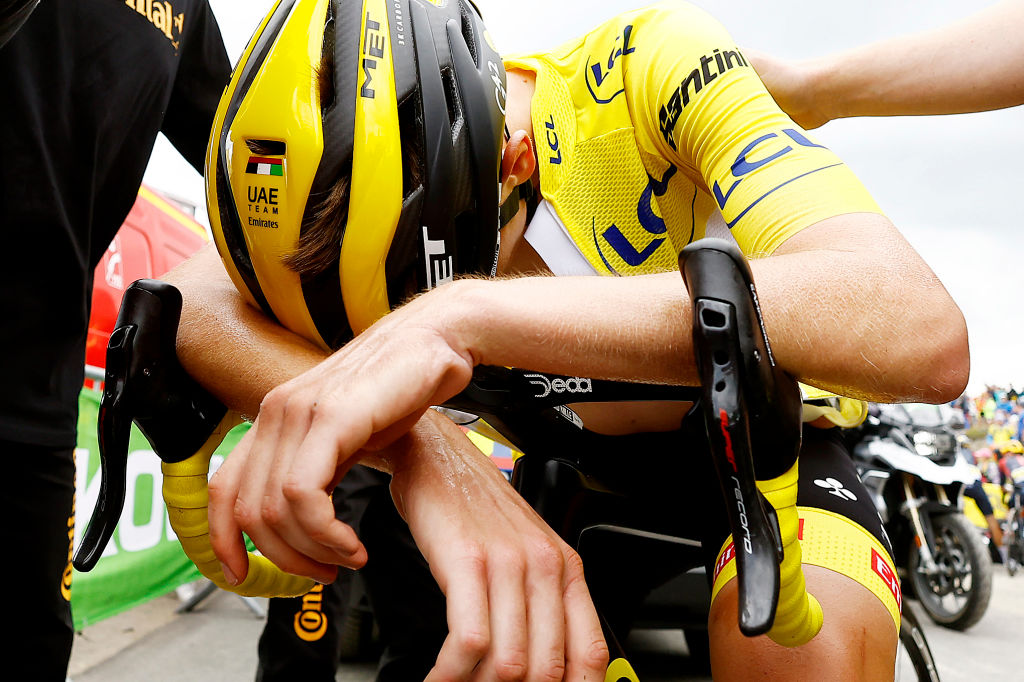
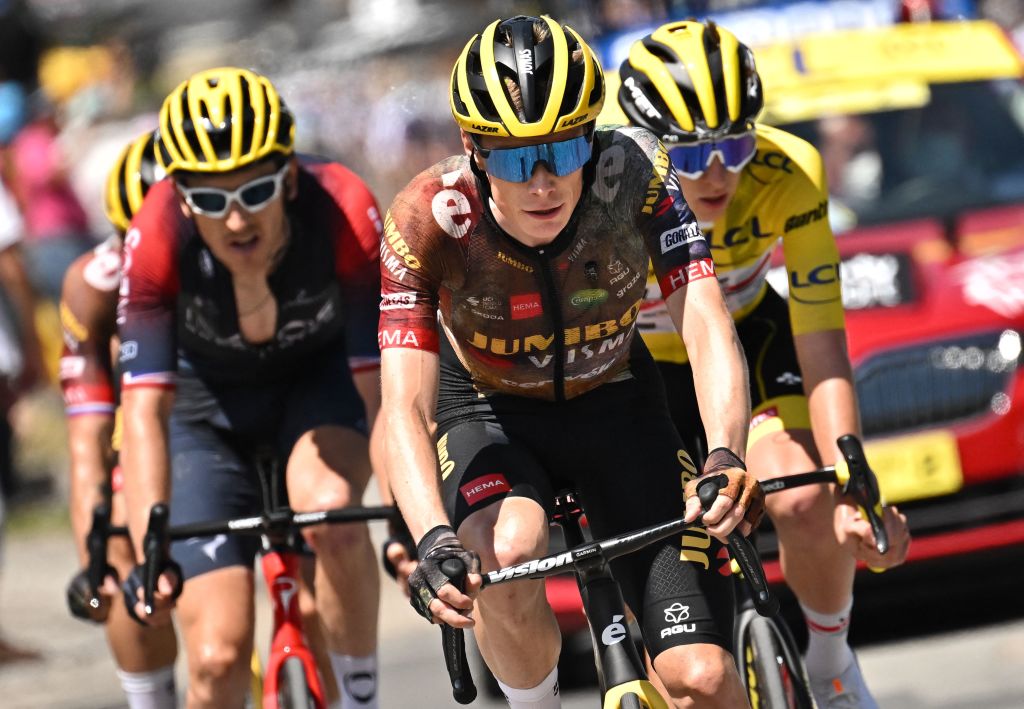
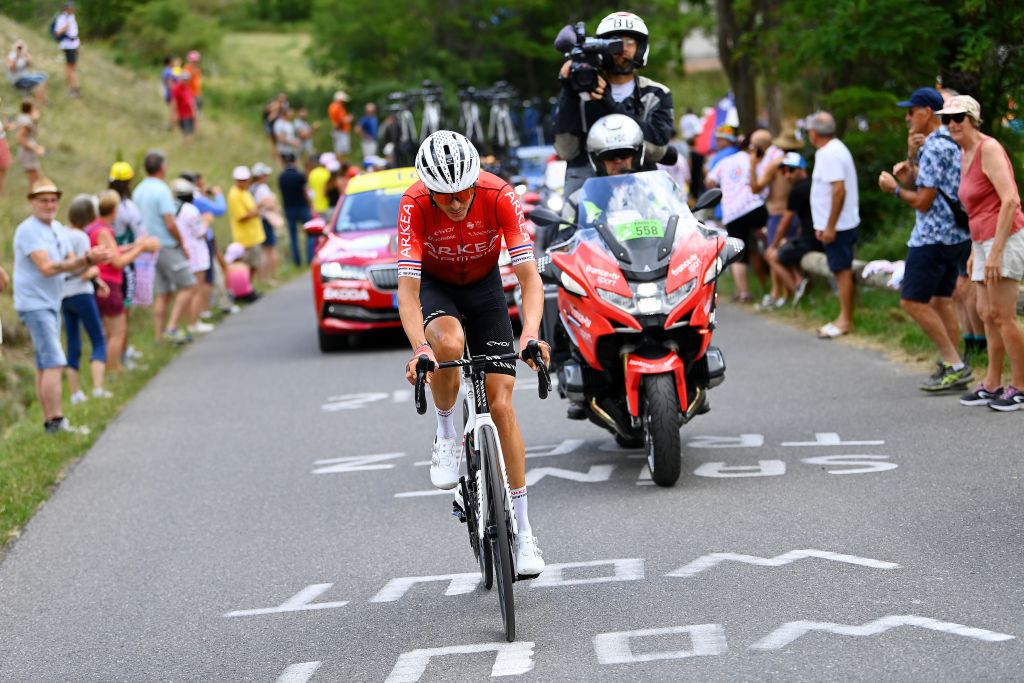
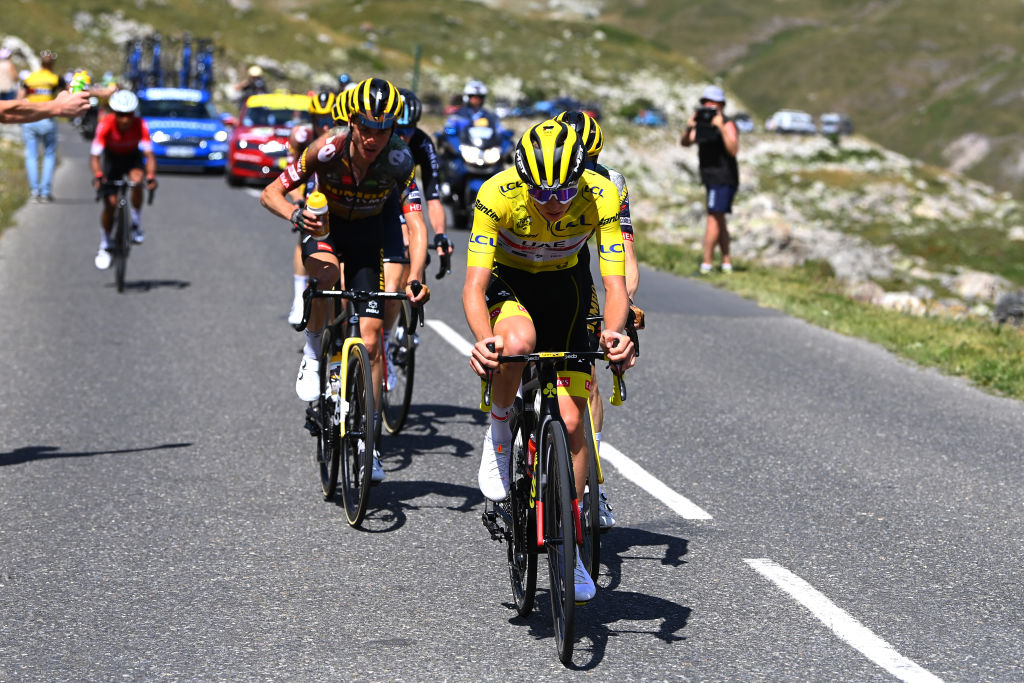
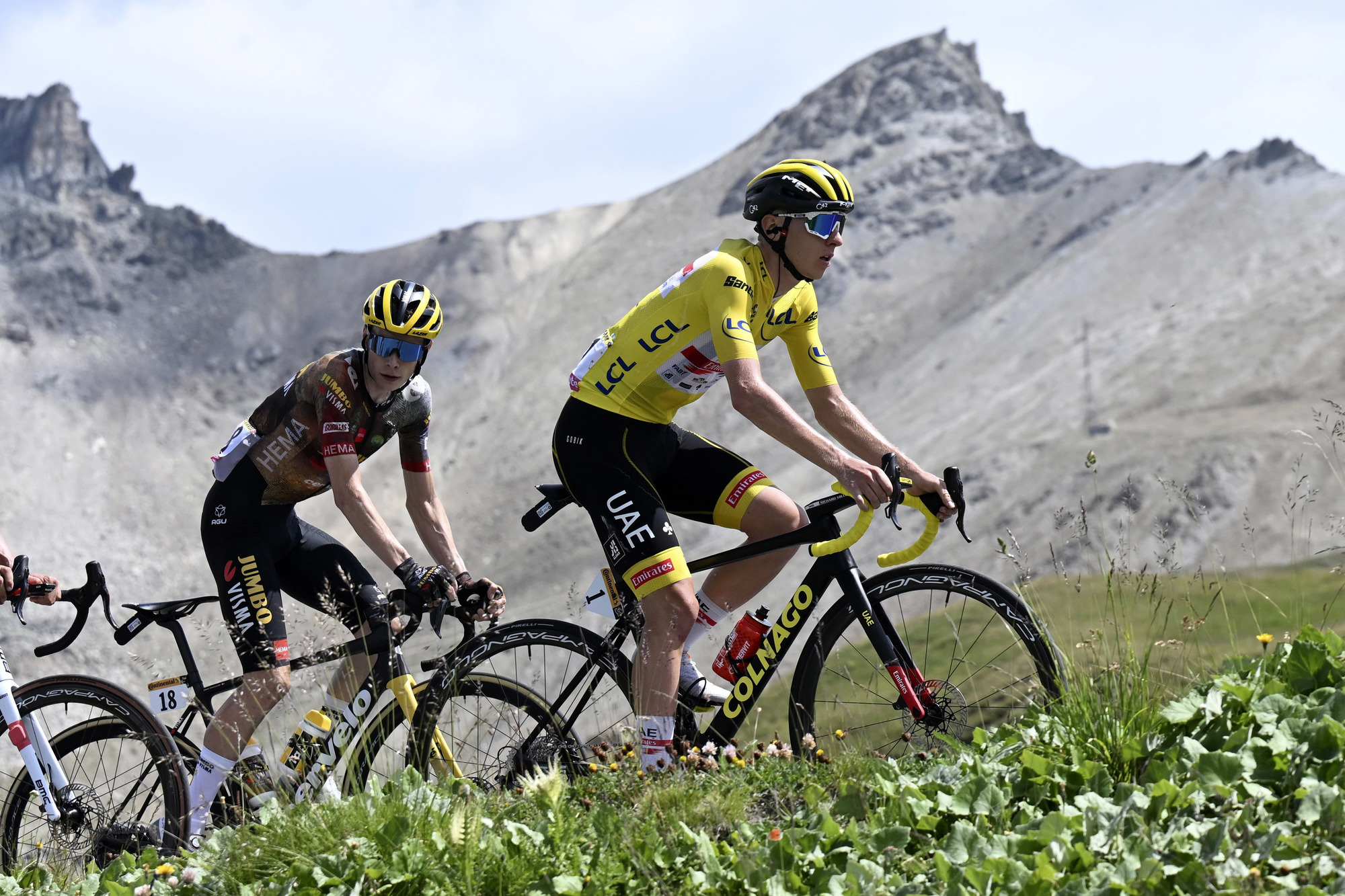


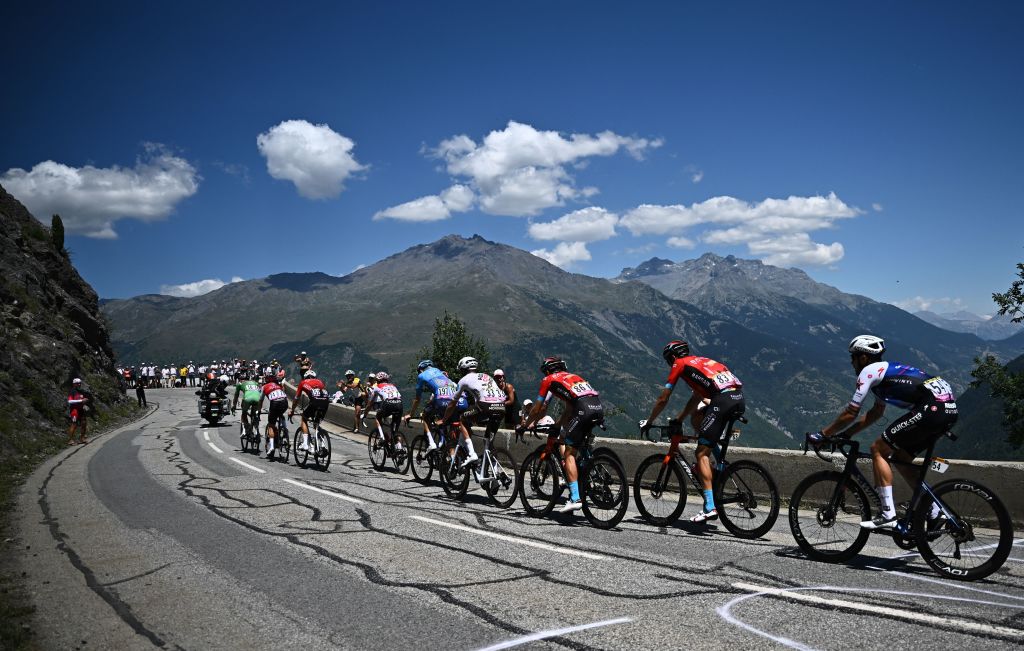
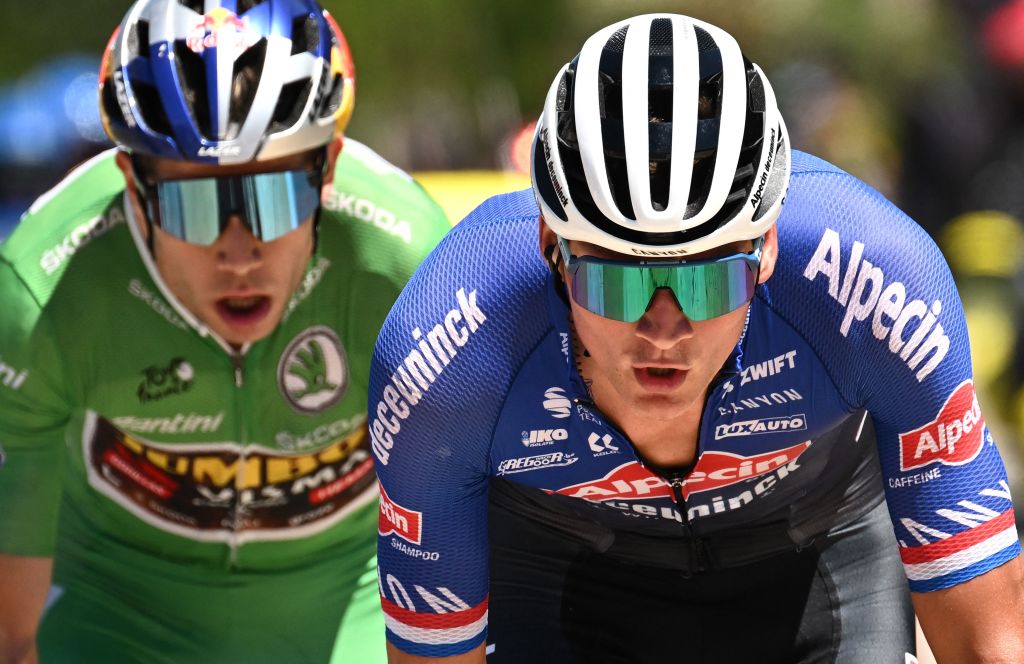
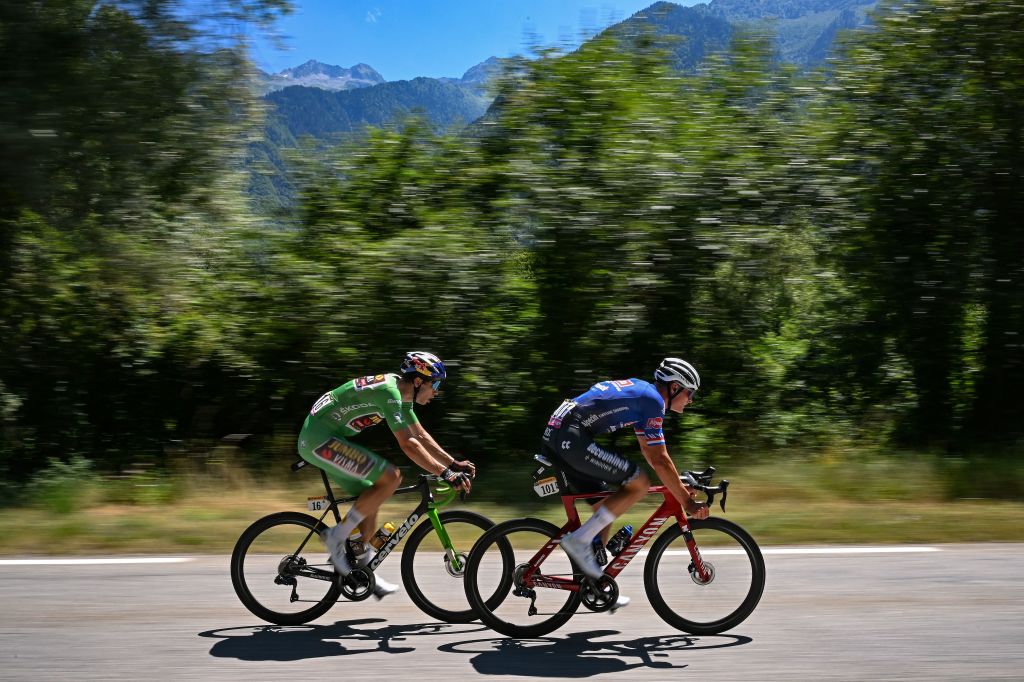

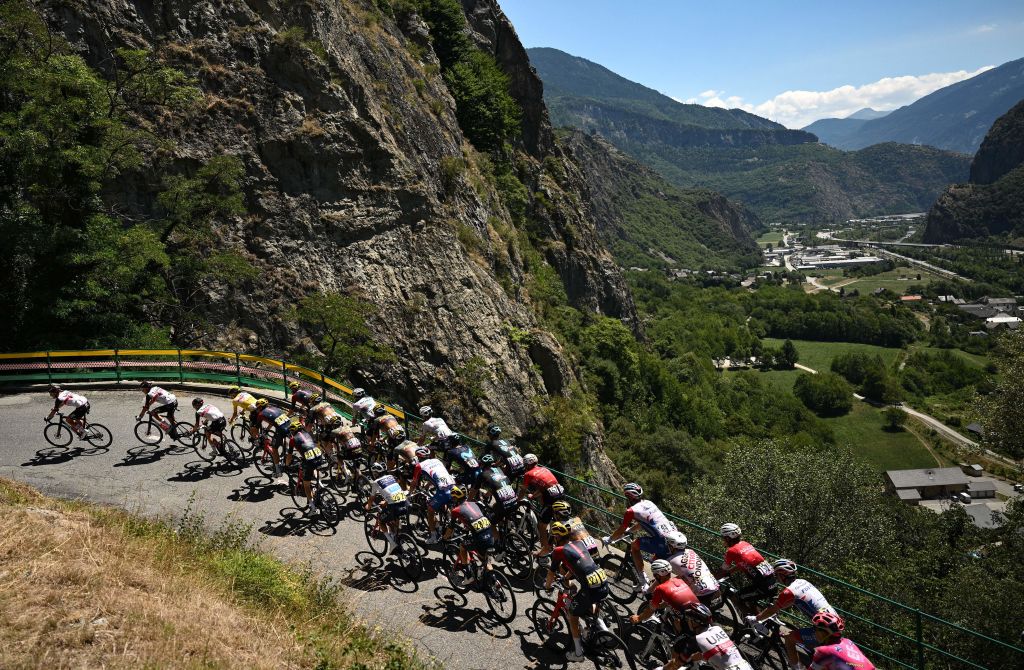
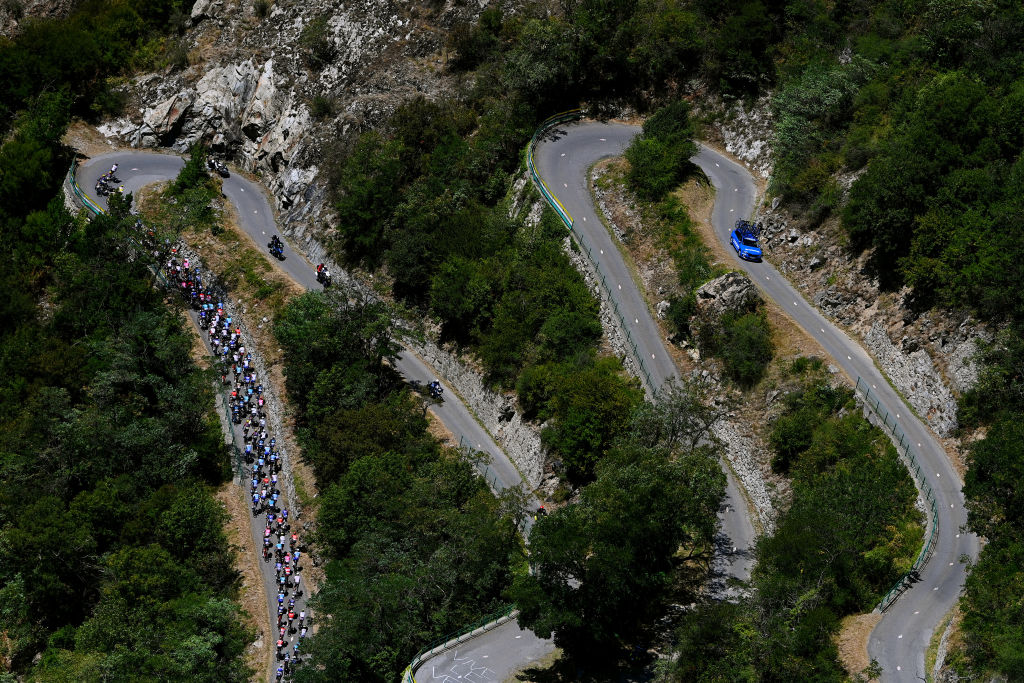
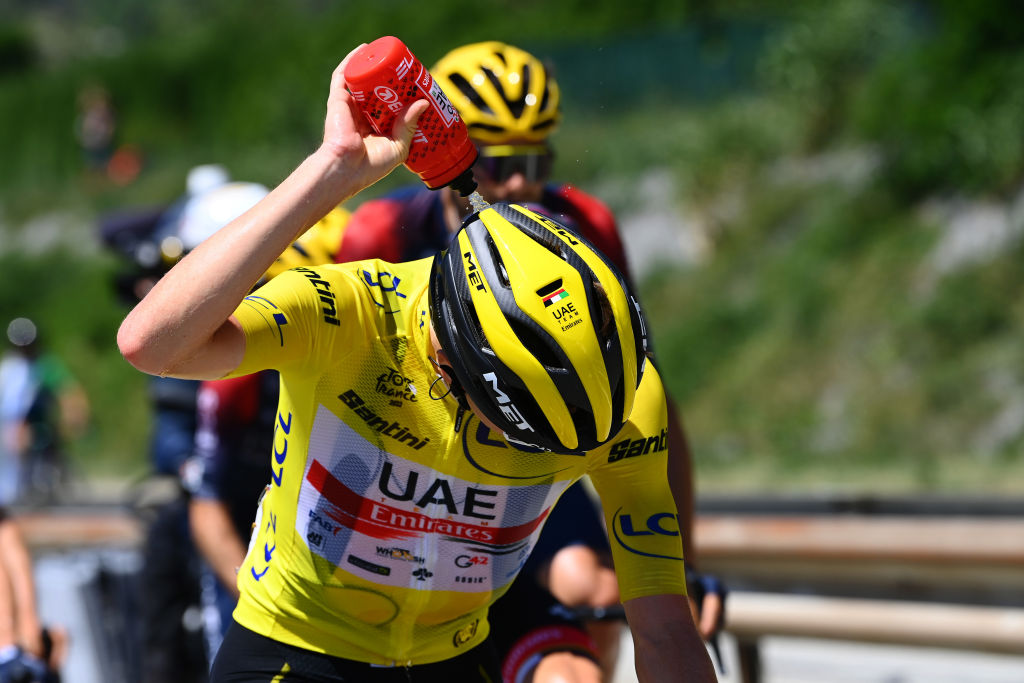
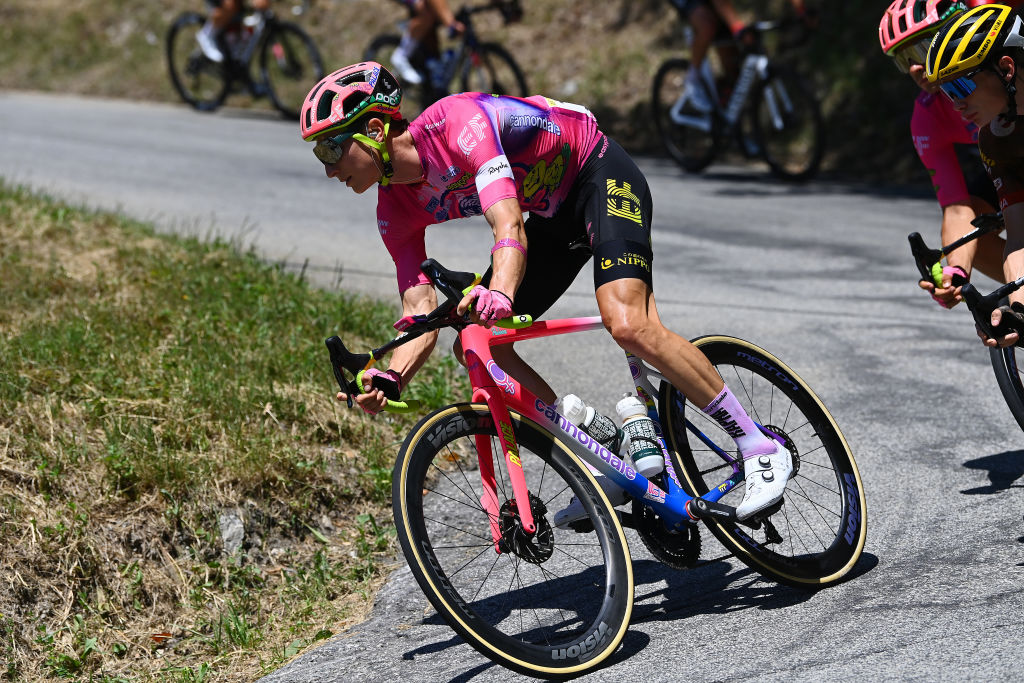
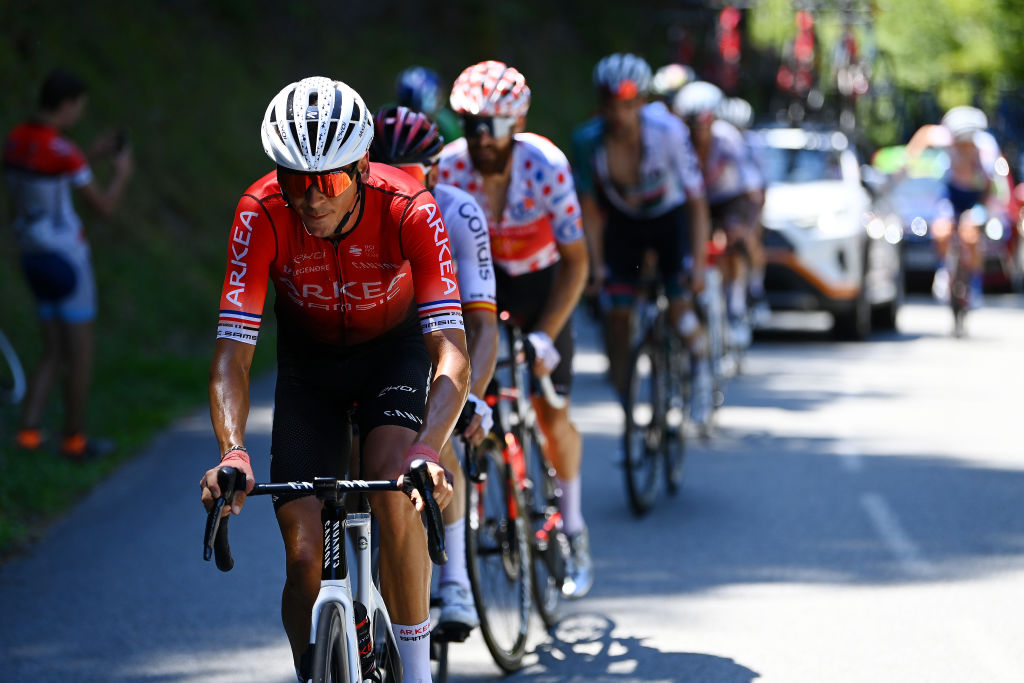
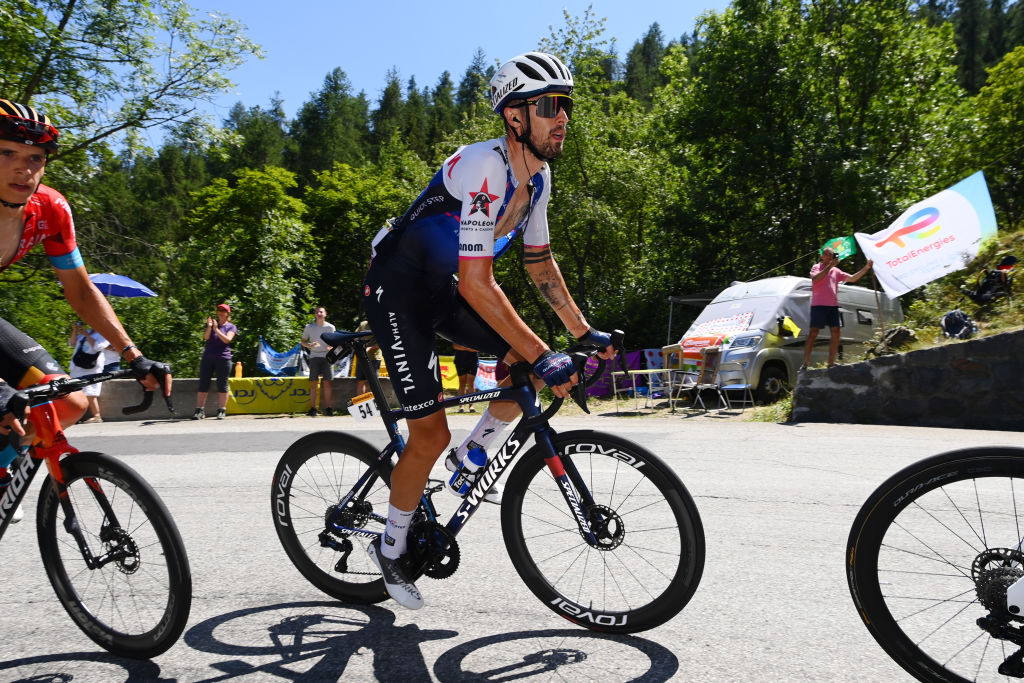
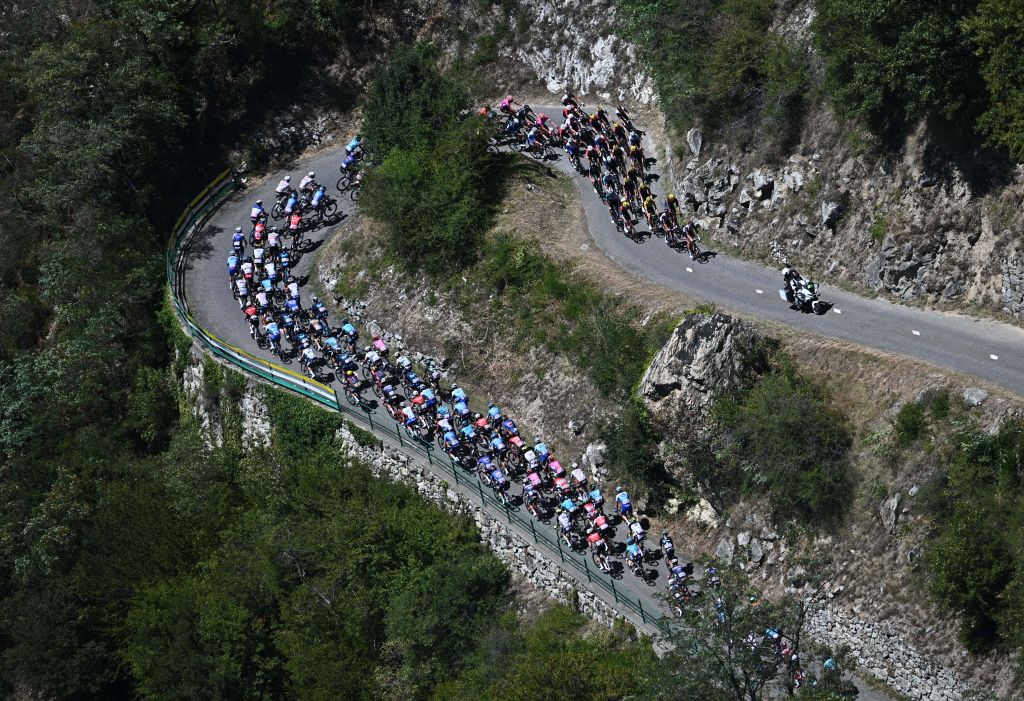
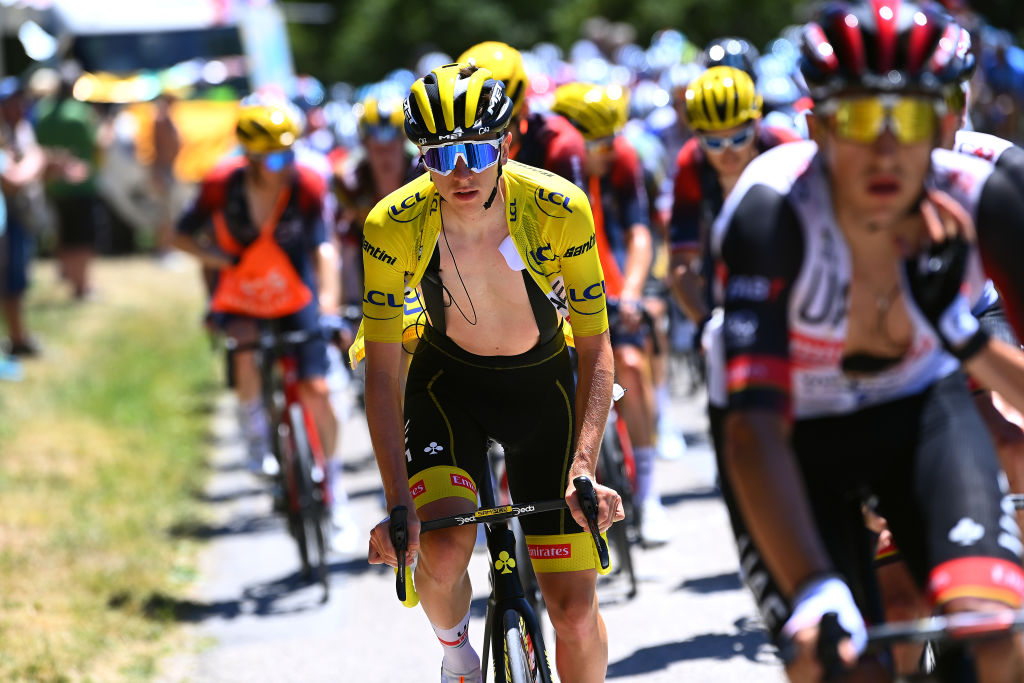
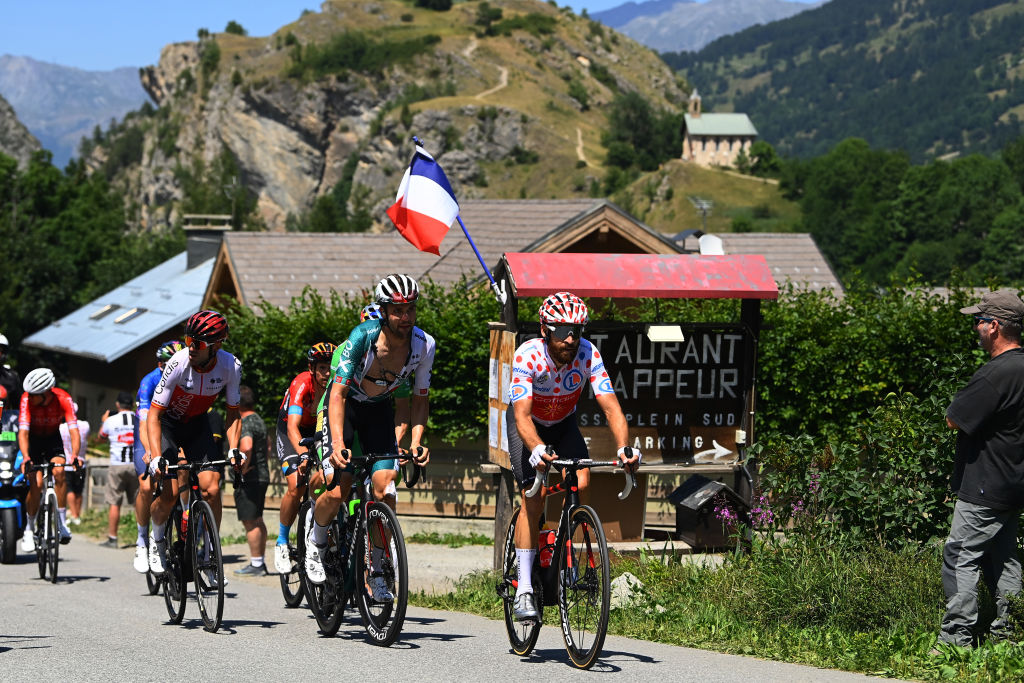
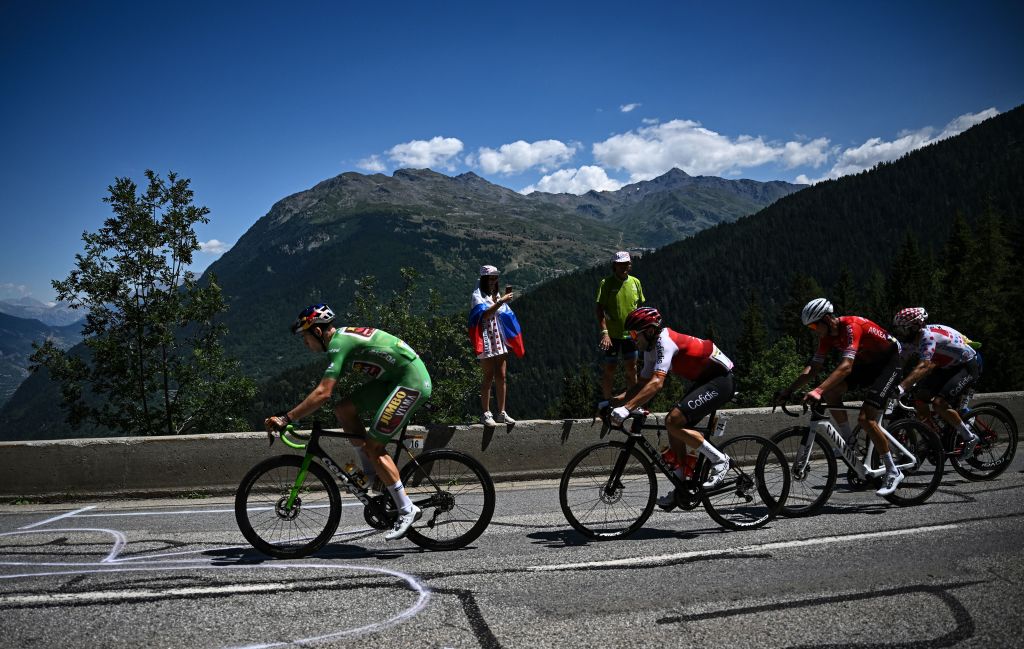
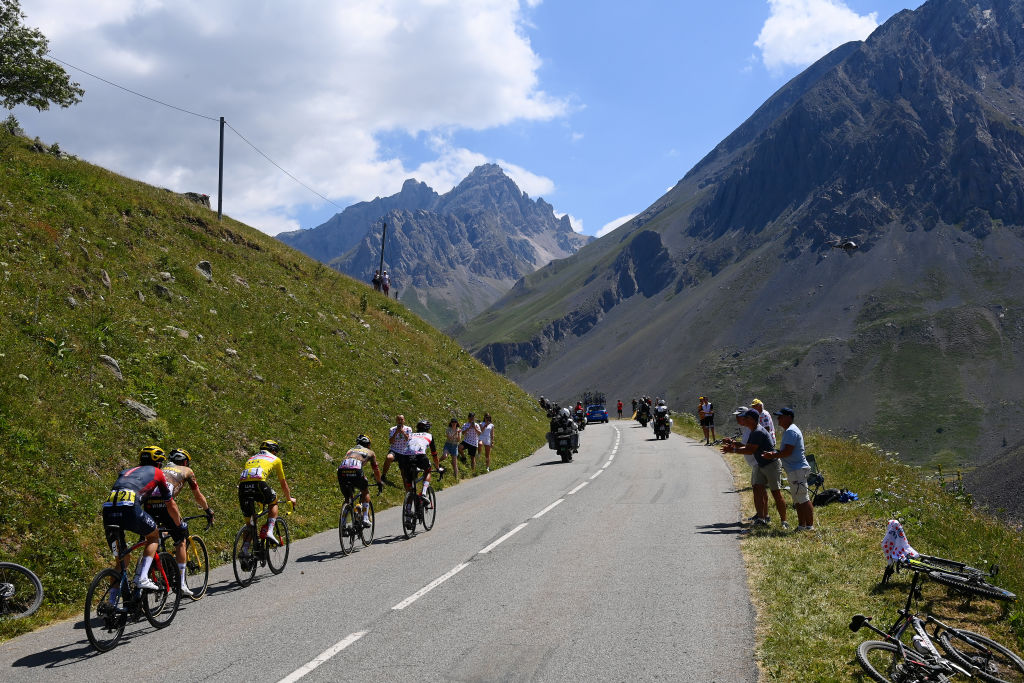
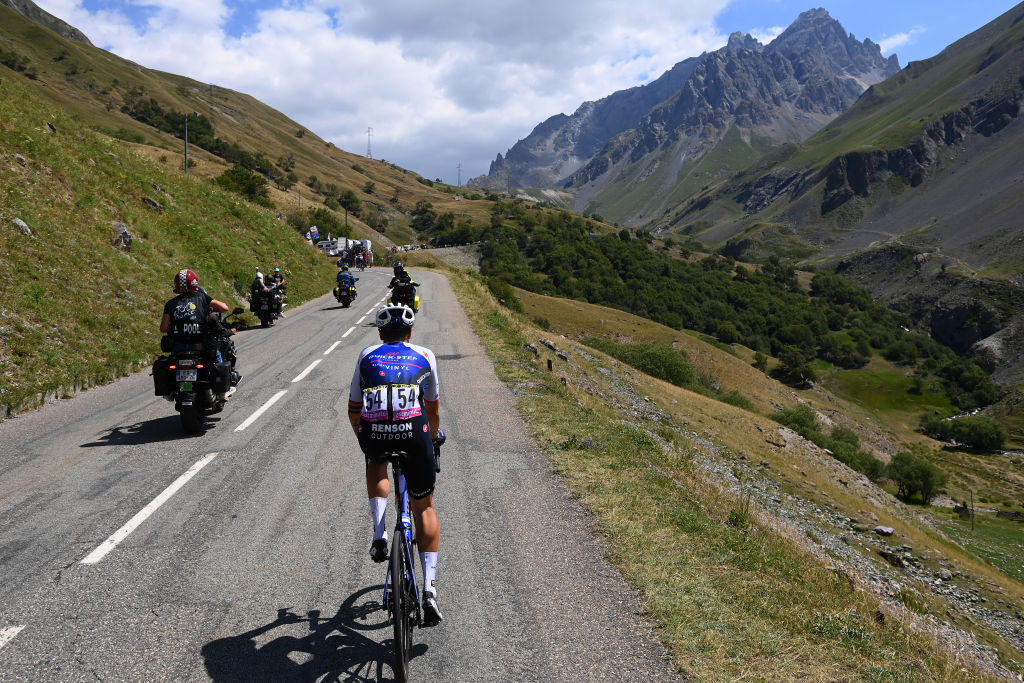
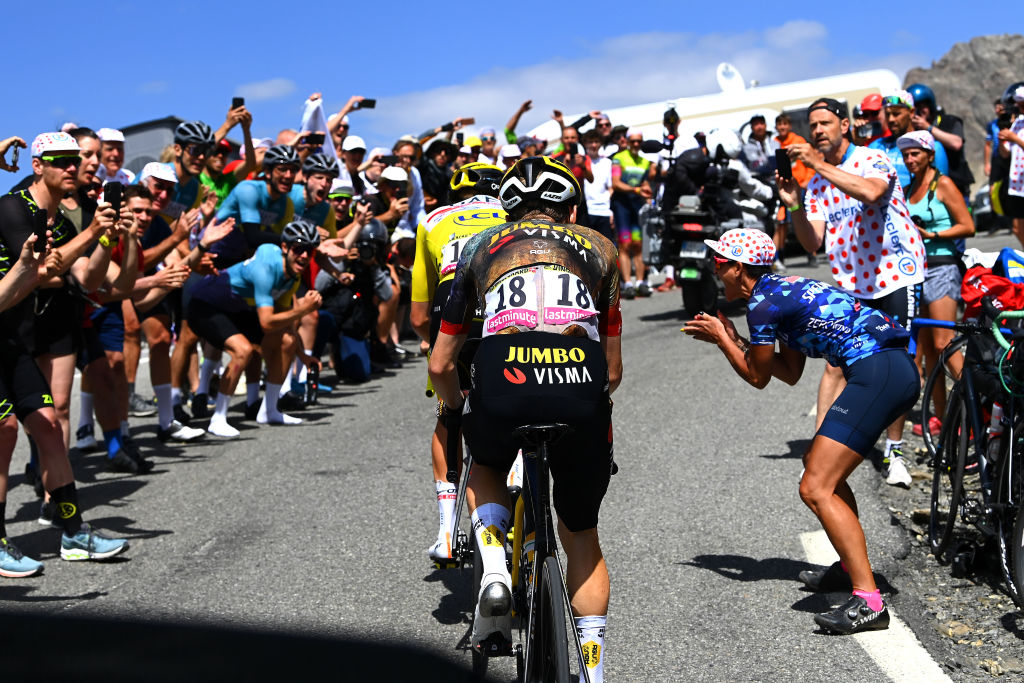
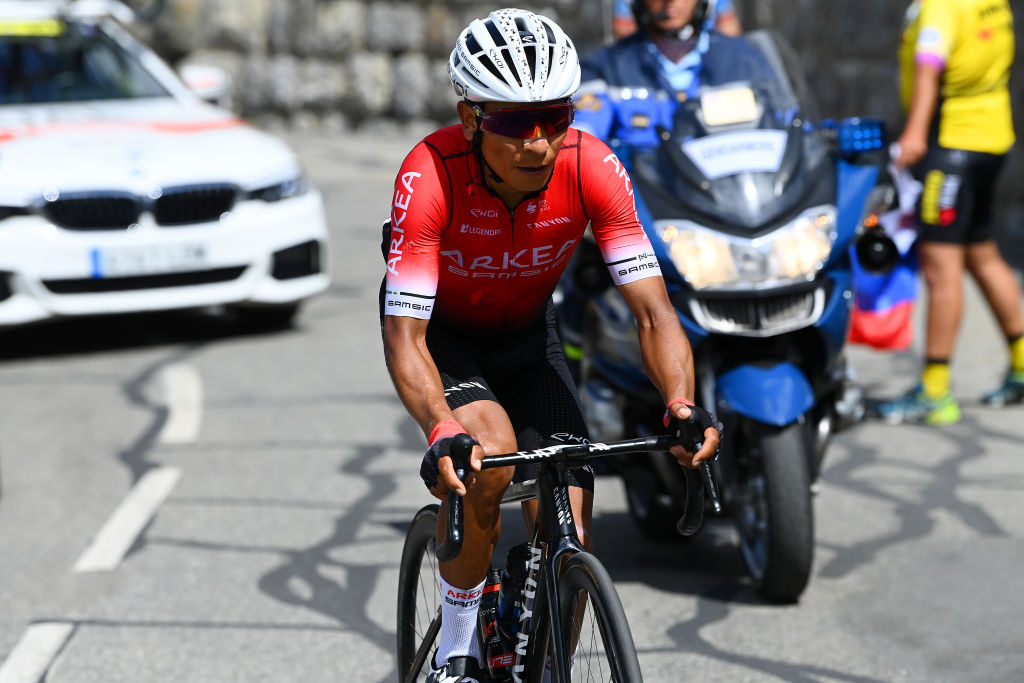
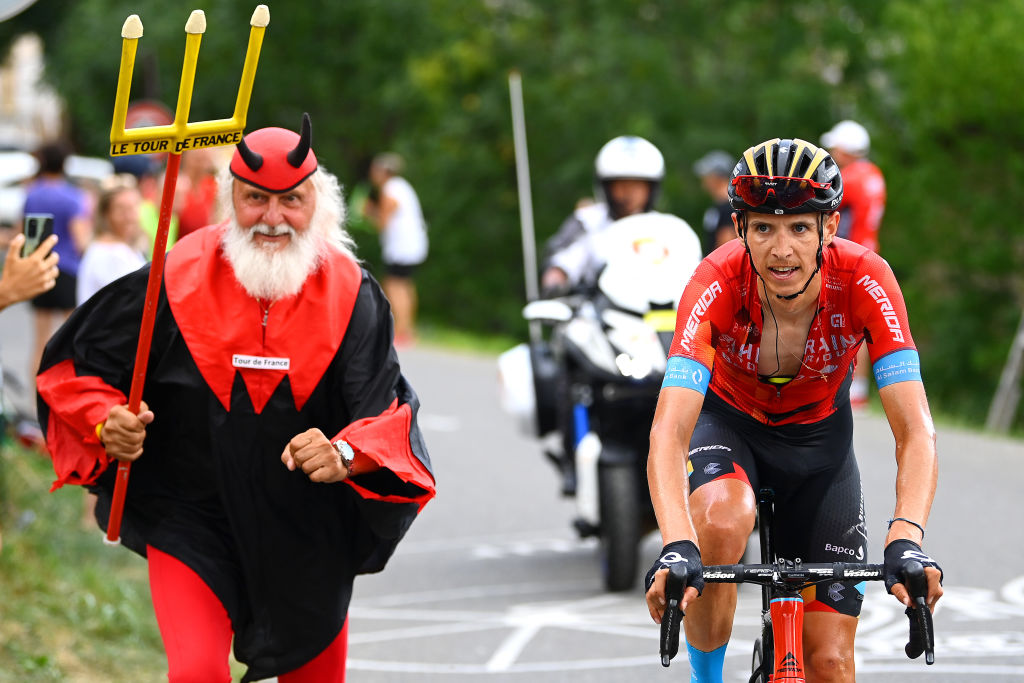
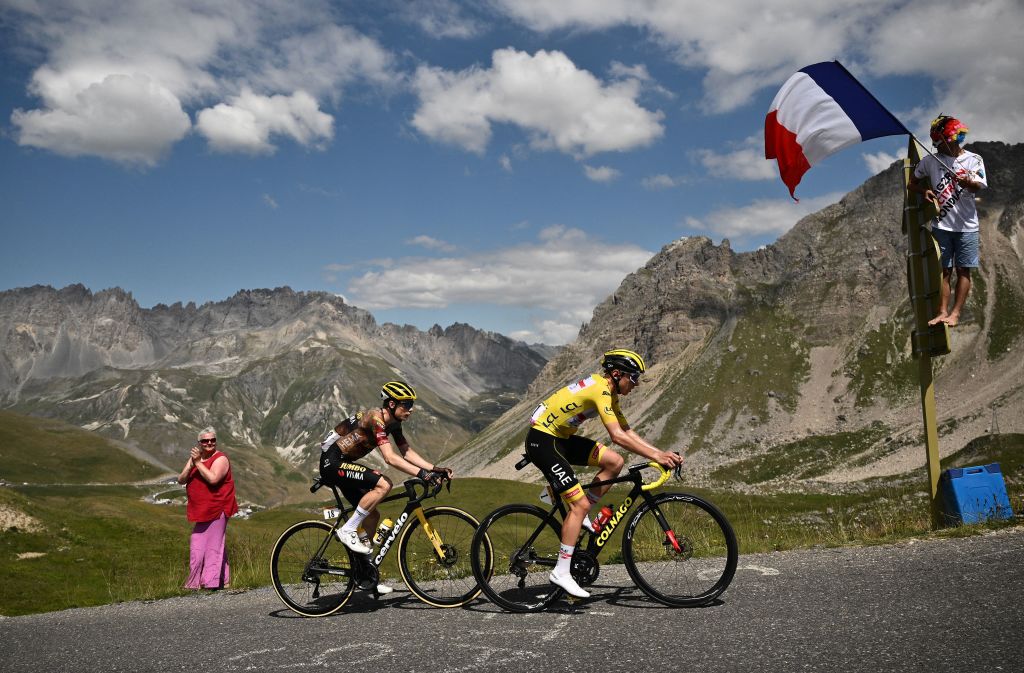
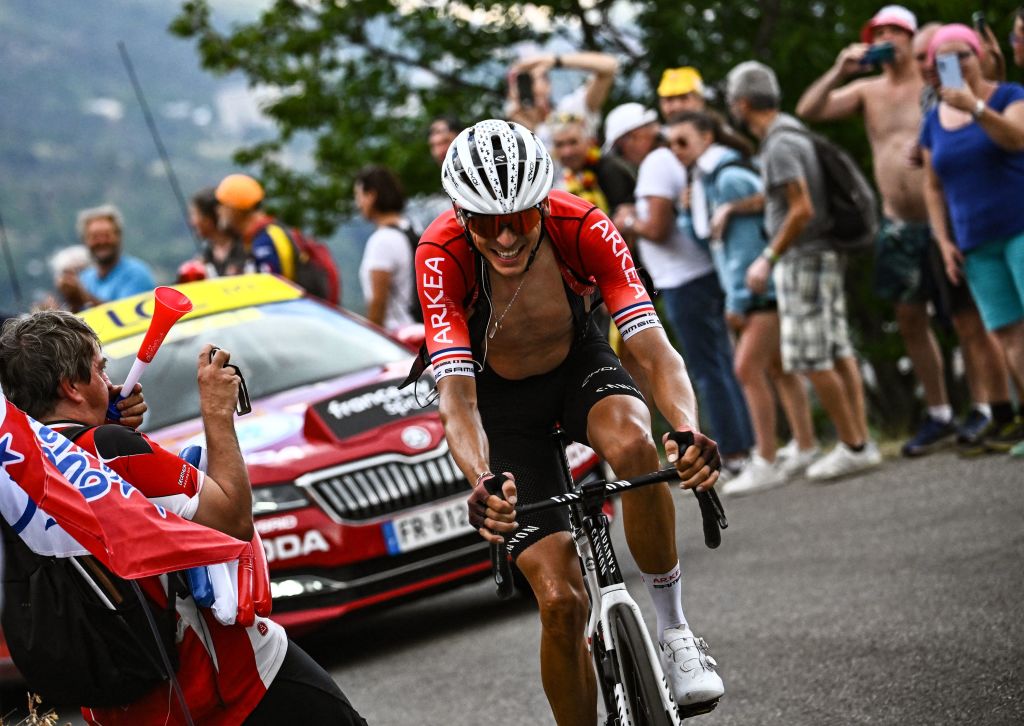
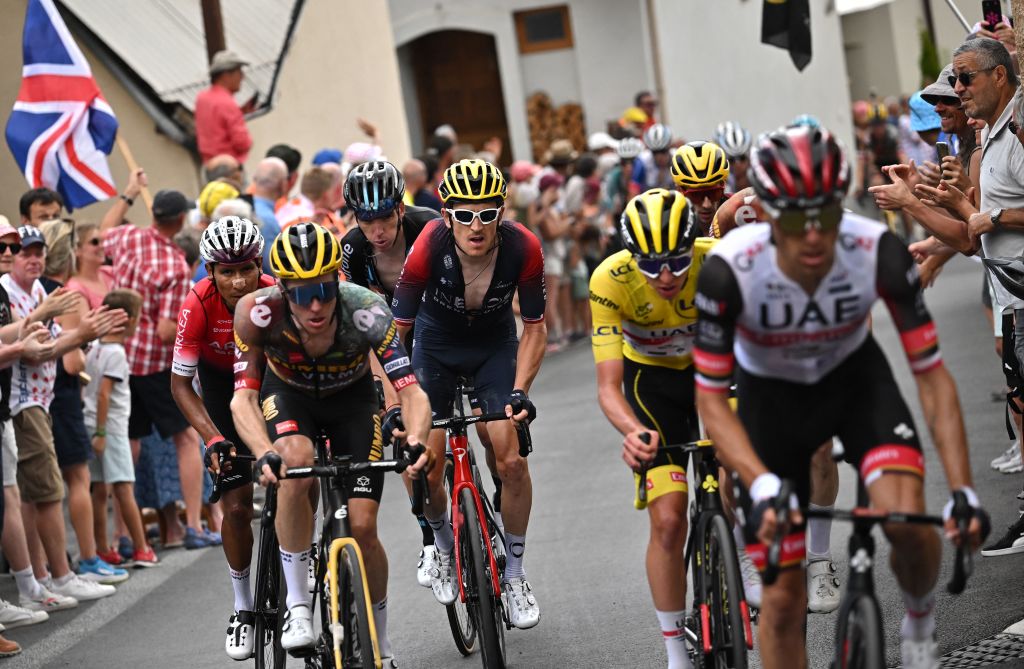
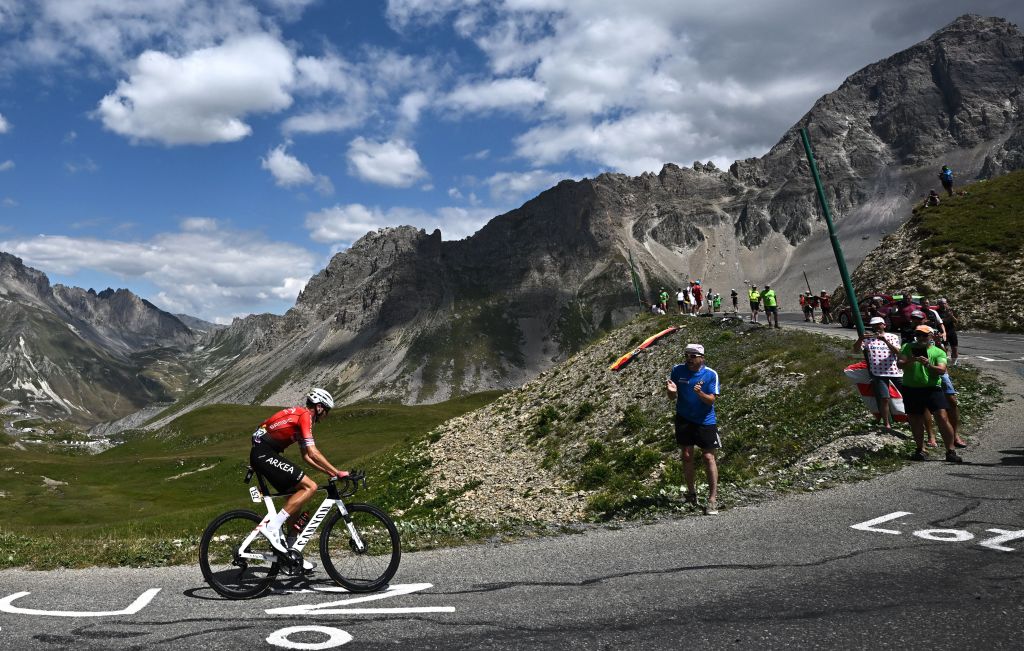
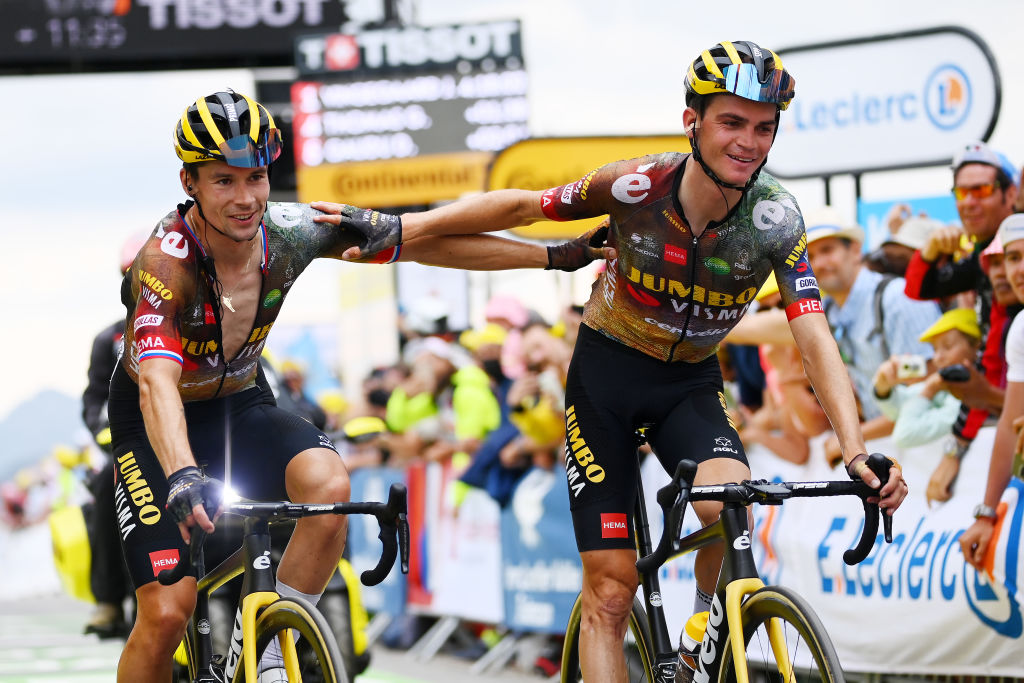
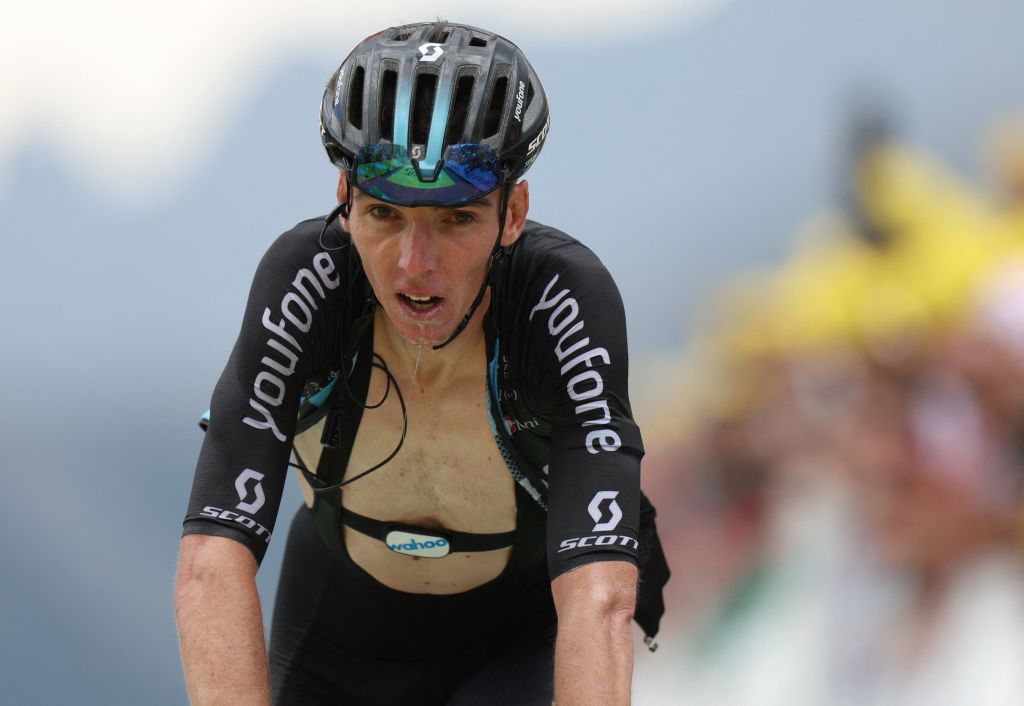

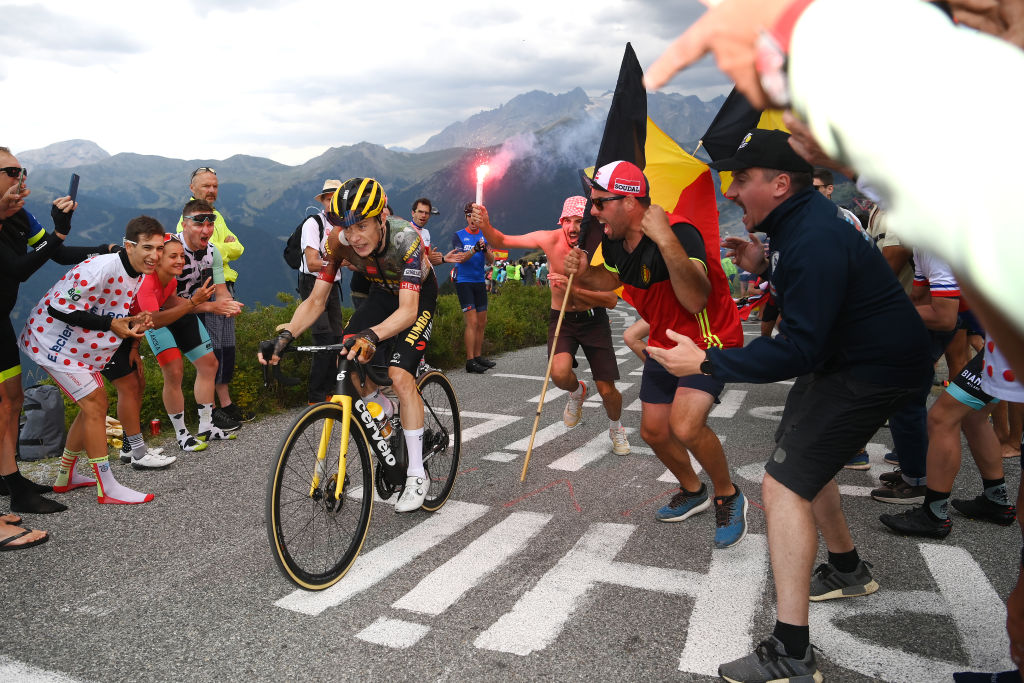
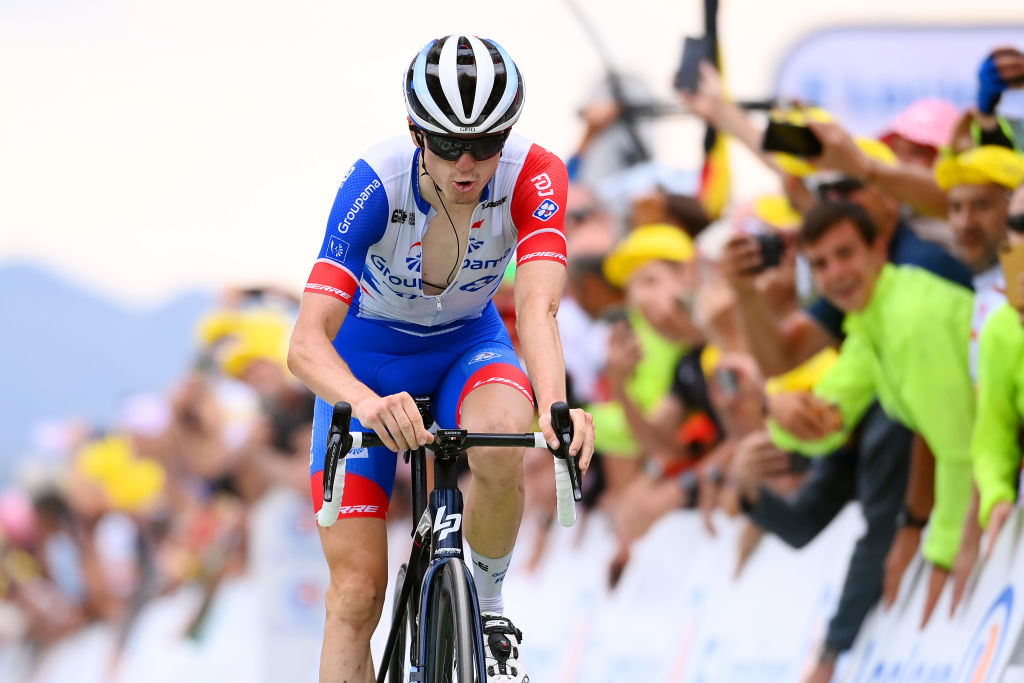
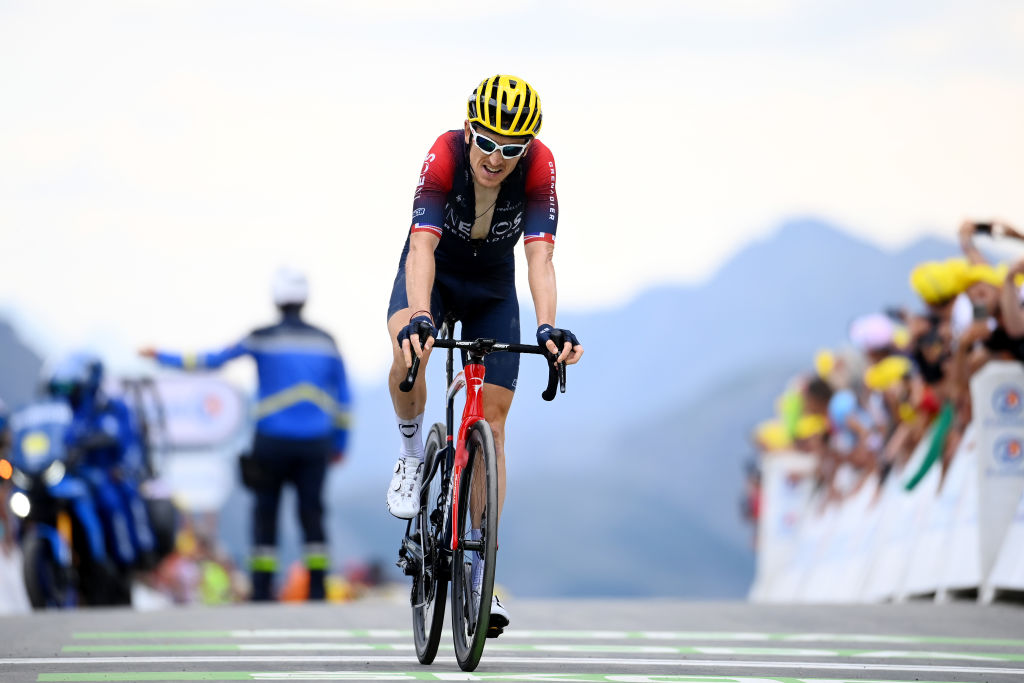
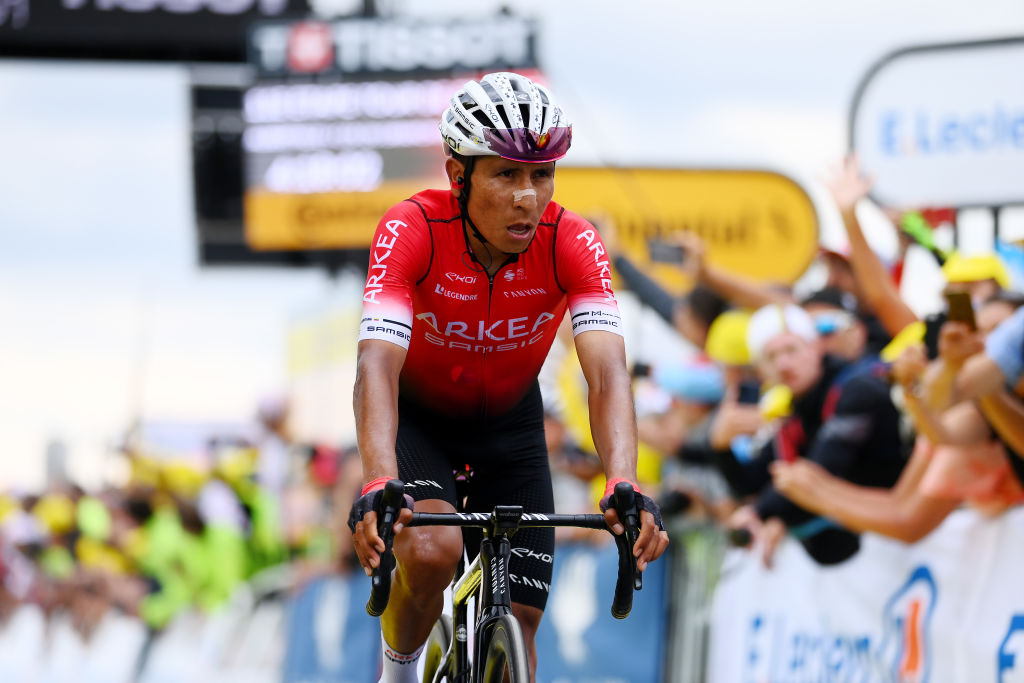
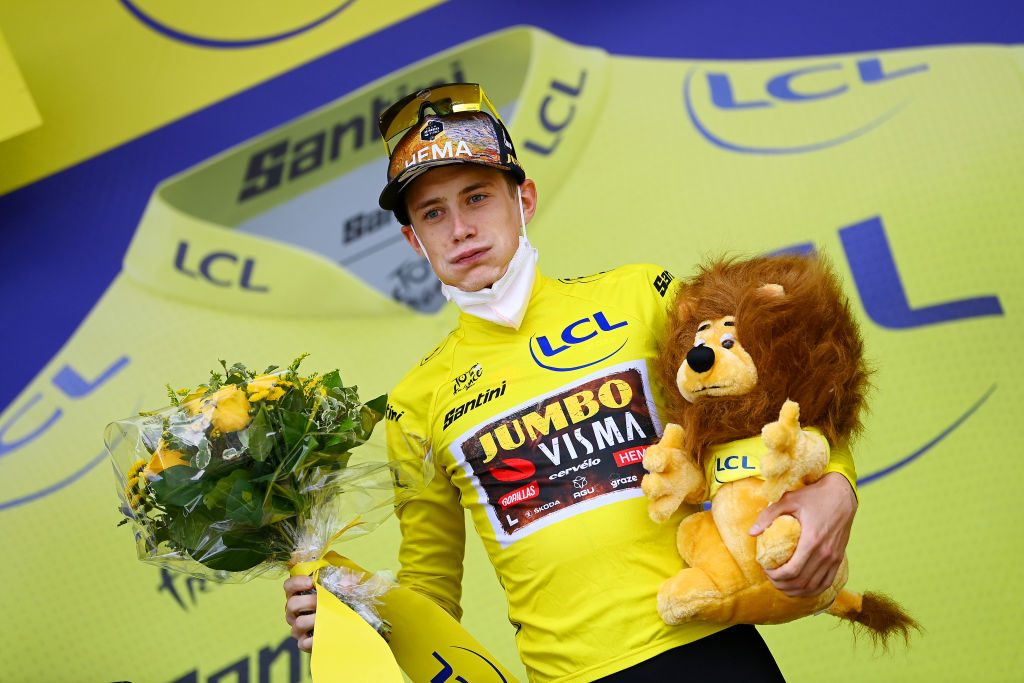
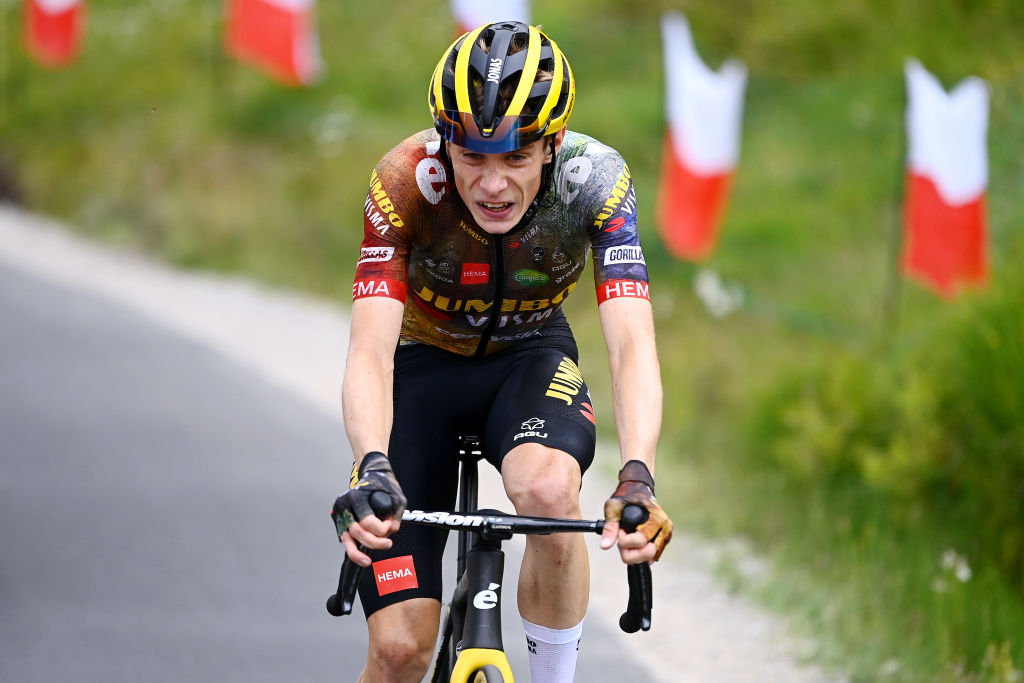
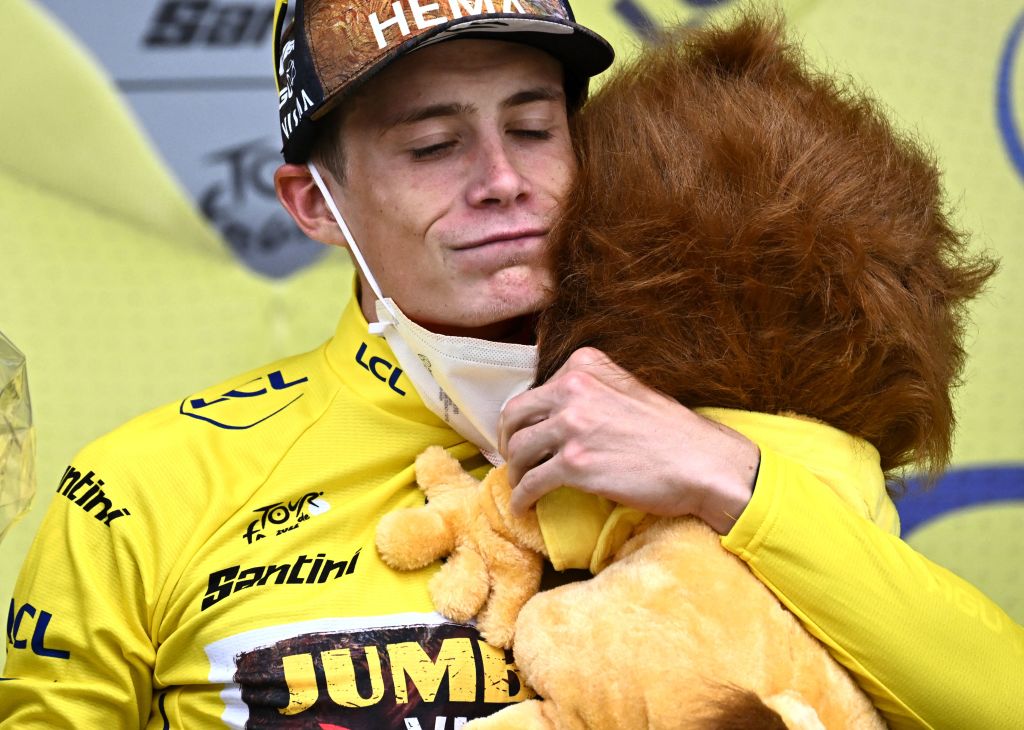
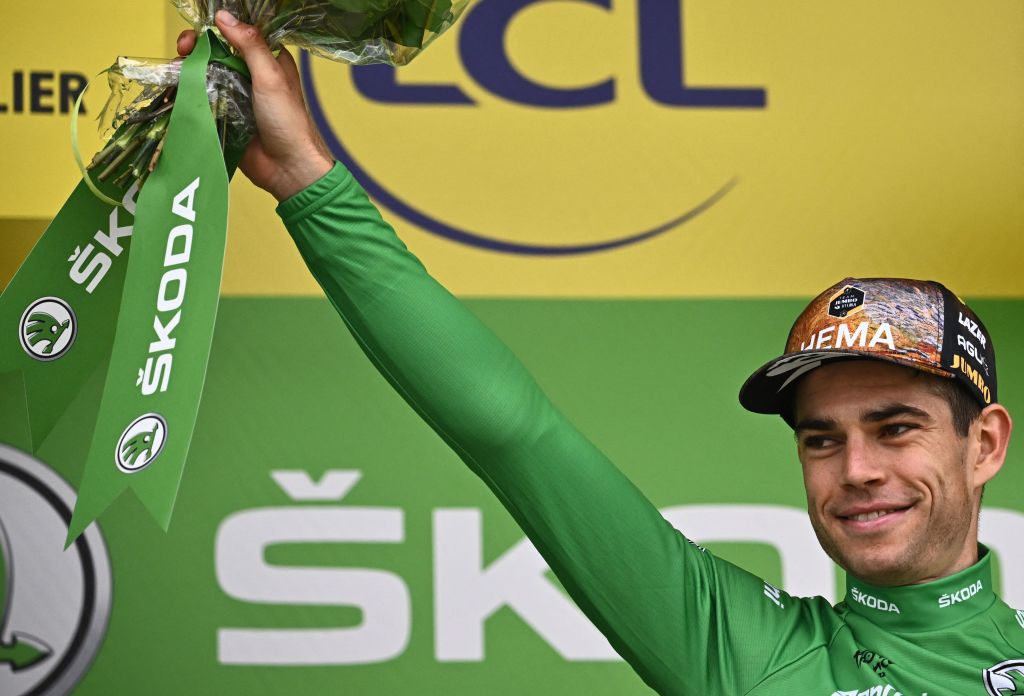
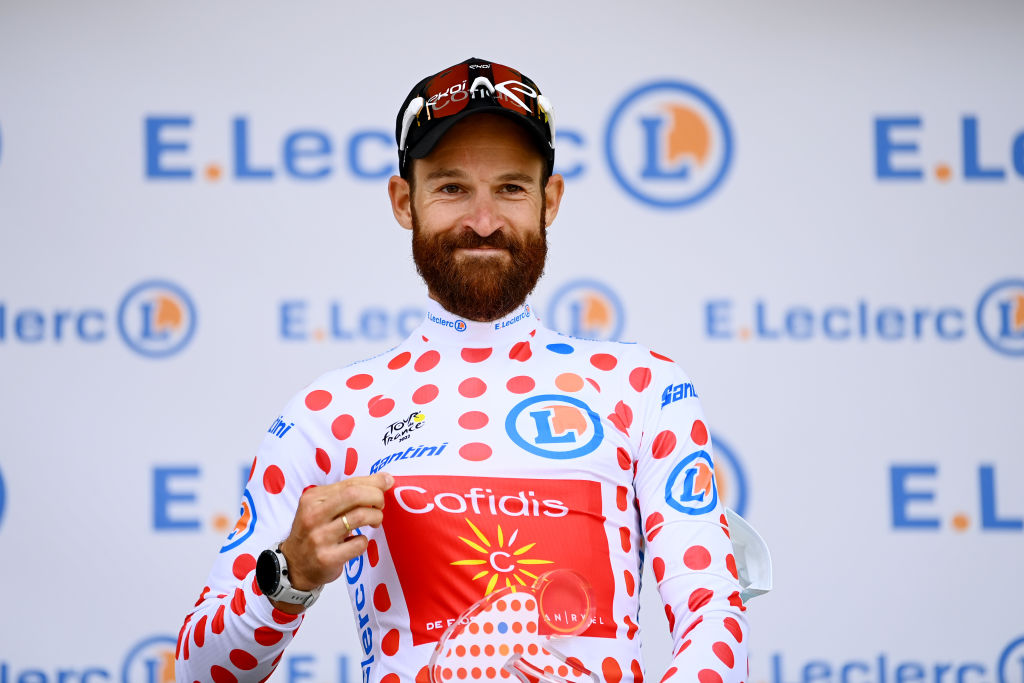
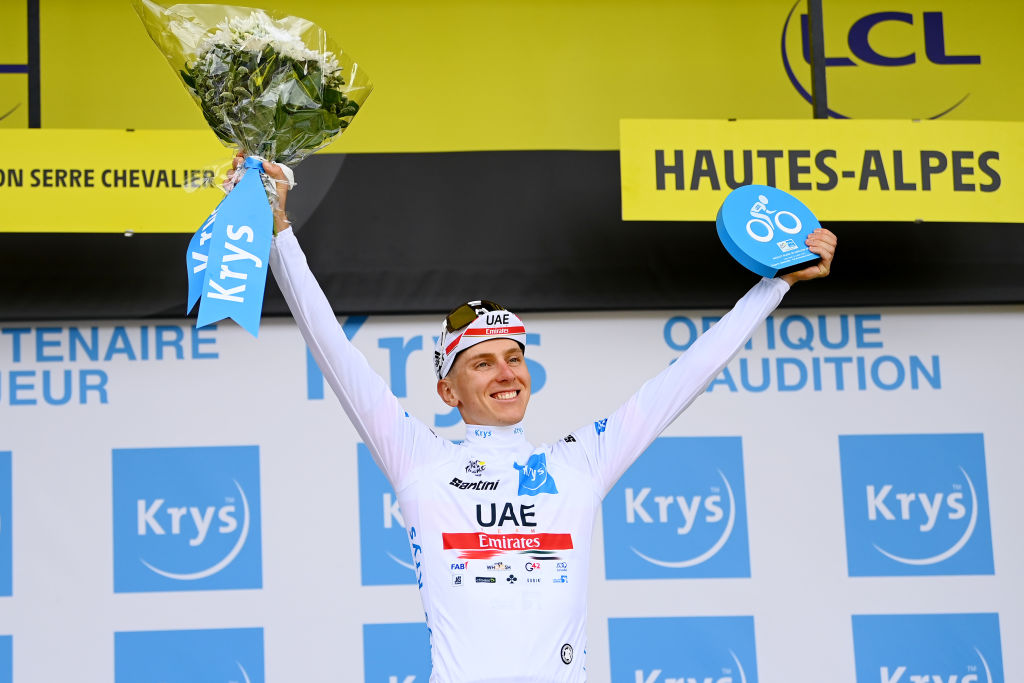

Jonas Vingegaard (Jumbo-Visma) took control of the Tour de France with victory atop the Col de Granon on one of the most dramatic days in the rich history of the race.
Since his victorious debut in 2020, Tadej Pogačar (UAE Team Emirates) had barely shown a flicker of weakness at the Tour, but he finally cracked on a brutal day in the high Alps, and Vingegaard took full advantage.
Not only Vingegaard, but almost all the other serious GC contenders, as Pogačar - yellow jersey flapping in the heat, shoulders swinging - pedalled squares above the 2,000-metre altitude barrier.
His 39-second advantage had been wiped out in barely the first kilometre of Vingegaard's stinging attack half-way up the hors-catégorie final climb, and by the time he'd dragged himself to the finish line, he'd shipped nearly three minutes to the new race leader.
Vingegaard crossed the line a full 59 seconds ahead of second-placed Nairo Quintana (Arkea-Sasmic), who'd cleverly attacked on the lower slopes of the Granon, while Romain Bardet (DSM), who'd attacked shortly before Vingegaard's big move, roared into the equation and up to second overall with third place at 1:10.
Geraint Thomas (Ineos) rode away from Pogačar to place fourth at 1:38, before David Gaudu (FDJ) and Adam Yates (Ineos) caught and passed the flailing yellow jersey, who ended up crossing the line in seventh place.
Vingegaard made what could turn out to be the Tour-winning attack just over 5km from the top of the Col du Granon, which has only been used once before as a summit in the Tour and saw a similarly dramatic exchange of yellow, with five-time champion Bernard Hinault losing the lead in 1986 in what would be his final Tour.
But the foundations for Vingegaard's victory and Pogačar's demise were laid some 60km out, on the famous combination of the Col du Télégraphe and Col du Galibier, where Jumbo-Visma started applying pressure on the yellow jersey. In a remarkable sequence on the gentle lower slopes of the Galibier, Vingegaard and Primož Roglič - still just about in the GC picture - set about taking turns to attack the race leader.
Pogačar appeared to deal with the situation calmly, and further up the Galibier, when there were four Jumbo riders in a GC group of eight, he similarly appeared to have disposed of the threat, taking matters into his own hands and dropping all but Vingegaard by the Tour's highest summit. The cards even appeared to have fallen in his favour when Jumbo made the decision to call Wout van Aert back from the break in order to drag Roglič back in the valley, only to allow Pogačar's only remaining domestique, Rafal Majka back into the equation.
Majka calmly set pace on the Granon as Jumbo's numbers all fell away again, but the tables dramatically turned when Vingegaard launched his attack 5km from the 2,413-metre summit. Tellingly, Pogačar lost the wheel when Majka launched the response, and the rest of the climb turned into a nightmare for the two-time champion.
Vingegaard flew up the climb, making quick work of earlier attackers Bardet and Quintana, to win his first Tour de France stage and take the yellow jersey. He leads by a full 2:16 over Bardet, who confirmed his GC credentials after his Giro exit by just about living with Vingegaard and Roglič on the Galibier and then launching a well-timed attack on the Granon.
Pogačar falls to third overall at 2:22, the question now being whether or not this was a one-off blip, and what he does from here. Thomas, who was by far the stronger of the Ineos duo and at first the only rider able to live with Vingegaard and Pogačar, drops a place to fourth at 2:26 but will be buoyed by leaving Pogačar behind. Quintana made his attack stick and reaped the rewards, jumping from 10th to 5th at 2:37, while Yates, who spent much of the day on the back foot, rallied to remain in the mix in sixth place at 3:06. Likewise, Gaudu looked to be among the early casualties on the Galibier but found a second wind on the upper reaches of the Granon to put himself seventh overall at 3:13.
It now looks like a seven-horse race for the podium, with a big gap back down to Aleksandr Vlasov (Bora-Hansgrohe) in eighth place at 7:23 and a resurgent Alexey Lutsenko (Astana) in ninth. Enric Mas (Movistar) rounds out the top 10 after a miserable day of suffering that ended his podium hopes.
How it unfolded
The start of the stage looked more like a cyclo-cross race than the toughest mountain stage of the Tour de France. As Christian Prudhomme waved the stage underway, Wout van Aert (Jumbo-Visma) sprinted into the space deserted by the race director's car. Behind him, winding up a similarly vicious acceleration, was his old friend and foe, Mathieu van der Poel (Alpecin-Fenix).
The pair of former cyclo-cross world champions instantly stole a march on the rest of the breakaway hopefuls, who scrambled but failed to get across. After 10km of faultless collaboration, they had opened a lead of 35 seconds, and by then the accelerations unfolding behind were only leading to temporary alliances. Van Aert gladly helped himself to the intermediate sprint to extend his green jersey lead.
After almost 20km, there was a successful counter-attack, as Mattia Cattaneo (QuickStep-AlphaVinyl) made contact after 10km of solo pain-staking effort. Just as he was doing so, a larger group managed to definitively clip off the front of the bunch. 17 riders were there, and they too soon made contact with the front of the race.
The breakaway of the day was therefore formed and it contained: Christophe Laporte, Wout van Aert (Jumbo-Visma), Mikaël Chérel (AG2R-Citroën), Nils Politt, Max Schachman (Bora-Hansgrohe), Andrea Bagioli, Mattia Cattaneo (Quick Step), Simon Geschke, Ion Izagirre (Cofidis), Kamil Gradek, Dylan Teuns (Bahrain Victorious), Mathieu van der Poel, Guillaume Van Keirsbulck (Alpecin-Deceuninck), Jonas Rutsch (EF), Warren Barguil (Arkéa-Samsic), Mads Pedersen, Tony Gallopin (Trek-Segafredo), Maciej Bodnar, Pierre Latour (TotalEnergies), Krists Neilands (Israel-Premier Tech).
Pogačar's UAE teammates soon came to the front of the peloton, unconcerned as Barguil was the best-placed on GC in the break, 26th at 13:33. After 46km, the break reached the first climb of the day, the category-2 Lacets de Montvernier (3.4km at 8.2%) with a lead of 3:50.
Van der Poel, who has struggled through this Tour, was dropped despite a calm tempo on the heavily hair-pinned climb. The rest stayed together to the top, where Latour attacked for the maximum mountains points, followed by the classification leader, Geschke, and then Barguil.
Back in the peloton, Jumbo-Visma and Ineos Grenadiers had led onto the climb but UAE soon came to the fore in numbers, reaching the summit 4:50 in arrears. That stretched out on the short descent and 15km false flat stretch in the valley, with the break reaching Saint-Michel-de-Maurienne - the foot of the Télégraphe-Galibier - with 7:30 in hand and 80km to race.
Télégraphe and Galibier
The road up to the Col du Galibier at 2642 metres - the highest point of this Tour de France - was paved in familiar fashion by the Col du Télégraphe on the northern face of the mountain. The category-1 Télégraphe measured 11.9km at a steady average gradient of 7.1%, followed by a short 4.5km descent ahead of the hors-catégorie ascent of the Galibier itself, 17.7km at 6.9%, but steep at the top.
The breakaway quickly exploded on the lower slops of the Télégraphe, with Bodnar, Van Keirsbulck, Pedersen, and Laporte the first to fall away. As Van Aert set the pace, Gallopin, Bagioli, Rutsch, and Politt were the next victims. The 11 remaining riders stayed together to the top of the climb, where Latour once again claimed maximum points, this time in a close-fought sprint over Barguil and Geschke.
Down the mountain the first GC fireworks were lit, as Jumbo-Visma suddenly accelerated through Tiesj Benoot, none other than Primož Roglič in his wheel. Adam Yates (Ineos Grenadiers) led the response as the group exploded before UAE returned with four riders and things calmed down again. Lennard Kamna (Bora-Hansgrohe), second overall, was dropped, and so was Tom Pidcock (Ineos) but only briefly. After a short bit of UAE pacing, Benoot took over once again and set a stiffer pace to the summit, crossing seven minutes down on the break.
The yellow jersey group was already down to around 25 riders but it exploded further on the short descent. The Jumbo trio of Benoot, Roglič, and Vingegaard linked up with Laporte from the break, Pogačar followed them, Thomas latched on, and in the blink of an eye there were away as a sextet.
The Galibier started out in gentle fashion and Jumbo-Visma wasted no time in trying to expose Pogačar before the steeper stuff. In an extraordinary sequence of events, Vingegaard and Roglič started to pepper the yellow jersey with a volley of attacks.
The first one came from Vingegaard after Roglic had prized open the gap to the rest of the bunch, and Pogačar was instantly onto it, but Roglič immediately hit him again. This time, Pogačar looked to use attack as his form of defence, accelerating clear. That caused Thomas to drop but the group came back together after a lull. Vingegaard then sprinted away once more, before two more separate attacks from Roglic. Pogačar was slower to close those gaps, but he still made no mistake.
As the true part of the climb began, Roglič went to the front to establish what was a 45-second gap to the rest of the GC contenders and, crucially, any other UAE riders. However, Marc Soler attacked from behind and breezed across the gap. As he made contact, Roglič accelerated again, dropping the Spaniard as soon as he'd got on. Soler did quickly make it back, and the group slowed to the point that the rest of the GC group - of around 20 riders - rejoined. Brandon McNulty came forward to set pace for UAE, but interestingly Rafal Majka had been dropped and was fighting to get back in.
During that lull, Barguil attacked and went solo at the head of the race, with Geschke setting off in pursuit, and Van Aert riding with Latour further back. The rest were out of it.
But the GC lull didn't last long, as Jumbo started to light it up again 6km from the summit. Benoot stretched things out before Roglic attacked and Vingegaard countered. The GC group exploded once more and once the dust settled there were four Jumbo riders - Roglič, Vingegaard, Kruijswijk, Kuss - in a group of eight, the others being Pogačar, Thomas, Bardet, and Quintana. After a kilometre, however, Roglic was dropped, and Pogačar immediately hit the front and upped the pace, looking to ride his compatriot out of contention. He didn't stop there, noticeably upping the tempo with 5km to the top, and being rewarded by dropping Jumbo's last two domestiques, Kruijswijk and Kuss. He kept ramping it up, and the victims piled up: Quintana, Bardet, Thomas. That left only Pogačar and Vingegaard, away as a duo, 4km from the summit of the Galibier and some 50km from the finish line.
Pogačar continued to take charge but eased off the pace, allowing Bardet to drag Thomas and Kruijswijk back. Bardet even attacked them a couple of kilometres from the top, with Pogačar responding and piling on the pressure anew. Kruijswijk was instantly dropped and Thomas and Bardet then lost contact, leaving Pogačar and Vingegaard alone again.
At the summit of the Galibier, with 45km still to race, Barguil led over the top with a lead of 55 seconds over Geschke, making huge inroads on the German's polka-dot jersey. Van Aert crossed at 1:45 and prepared to wait for his leader. Pogačar and Vingegaard followed at 4:30, followed closely by Bardet, and then by Thomas as the pair rejoined at the start of the descent.
Quintana and Kruijswijk followed at 16 seconds, then Yates at 30 seconds, Kuss at 35 seconds, then Lutsenko. Roglič then led a group containing Gaudu and Vlasov at around 90 seconds, with Pidcock just off the back and Mas several seconds behind him.
The descent was steepest at the top, and saw Yates, Kruijswijk, Quintana, and Kuss get back to the yellow jersey group. The Col de Lauteret was where the descent changed into a gentler and straighter run down to the valley and is where Jumbo's numbers grew again as they caught Van Aert. But the green jersey dropped even further, back to the Roglic/Gaudu/Vlasov/Pidcock group, in order to drag Jumbo's other leader through the ensuing valley, even if it meant bringing Majka back for Pogačar. The gap was 50 seconds as Van Aert set to work, and the three Jumbo riders up front understandably eased off, the team clearly wanting the Roglic card still to remain on the table. The re-grouping came on the effectively flat roads several kilometres from the foot of the final climb, the difference in speed seeing Van Aert shoot out the front and Pogačar briefly dropping Vingegaard to respond.
When the dust settled ahead of the final climb, the GC group contained: Vingegaard, Roglic, Van Aert, Kruijswijk, Kuss, Pogačar, Majka, Thomas, Yates, Pidcock, Gaudu, Storer, Madouas, Bardet, Quintana, Lutsenko. They were 4:30 down on Barguil, who had moved 2:10 clear of Geschke, who had been joined by Latour and Teuns.
Col du Granon
After all the action, it was difficult to imagine the toughest climb of the Tour so far was still to come, but the Col du Granon reared up, measuring 11.3km at 9.2% and rising to 2413 metres.
Van Aert reduced the gap to 3:30 as the GC group hit the climb, pulling aside to leave Roglic to take it up. But the Slovenian didn't last long as Majka came to the front to reinstate some control for Pogačar. Kuss couldn't handle it as Jumbo lost three riders in short order. Also losing contact again were Gaudu, Vlasov, and Pidcock, but Quintana felt good and attacked out the front. Soon after, Kruijswijk fell away, leaving Vingegaard isolated while Pogačar was being calmly paced by a teammate. How the tables had turned.
As the rest of the breakaway remnants were swept up, Barguil dug in, jersey open, and reached the half-way point of the climb with a lead of a minute over his own teammate, Quintana, while the yellow jersey group of Majka, Pogačar, Vingegaard, Thomas, Yates, and Bardet followed at 1:30. But he then cracked dramatically, his final resources emptying out and the power draining from his legs.
Bardet soon launched a big attack and held a gap, giving Vingegaard the inspiration to launch an attack of his own. Majka was able to respond, so well that he briefly gapped Pogačar, who was put in real trouble for the first time. Pogačar was left on the back foot and could only watch Vingegaard sail clear. It was an extraordinary turn of events and it only became more so, as Pogačar started to pedal squares. Soon Thomas was able to ride away from him, and it turned into a pivotal moment in the entire Tour.
Vingegaard caught Quintana with 4km to go and set off for the summit alone, ready to take the yellow jersey and control of the Tour. Behind him, Bardet was closing in on Quintana, while Thomas was 15 seconds further back and Pogačar 20 seconds behind him and now with Yates. Crucially, with 3km to go, Pogačar was trailing Vingegaard by 40 seconds, wiping out his advantage and putting the Dane in the virtual yellow jersey.
The situation intensified all the way to the summit. Vingegaard flew up through the fans, while Pogačar floundered. He was caught by Yates and then Gaudu, who then proceeded to ride away from him. At that point it became clear he was perhaps be losing the entire Tour.
The finish line will have been a blessed relief, but he'll have to do it all over again on Thursday, with another major mountain stage and a summit finish atop the legendary hairpins of Alpe d'Huez.
Results powered by FirstCycling
Get The Leadout Newsletter
The latest race content, interviews, features, reviews and expert buying guides, direct to your inbox!
Patrick is a freelance sports writer and editor. He’s an NCTJ-accredited journalist with a bachelor’s degree in modern languages (French and Spanish). Patrick worked full-time at Cyclingnews for eight years between 2015 and 2023, latterly as Deputy Editor.
Latest on Cyclingnews
-
Wout van Aert has a wild ride during Paris-Roubaix reconnaissance - Video
Belgian suffers a puncture and nearly crashes in the Arenberg Forest -
As it happened: Change in leadership at Itzulia Basque Country as stage won with successful solo attack
The peloton tackles the mountainous 169.6km race from Beasain to Markina-Xemein -
Itzulia Basque Country: João Almeida rides away from rivals on final climb to deliver solo stage 4 victory, takes overall race lead
UAE Team Emirates-XRG teammate Isaac del Toro takes second from chase-group sprint, Maximilian Schachmann finishes third and loses leader's jersey to Almeida -
'Paris-Roubaix is like being in a washing machine' - Filippo Ganna revs his engine during final cobbled recon ride
Italian leads Ineos Grenadiers in his final Classic of the spring

